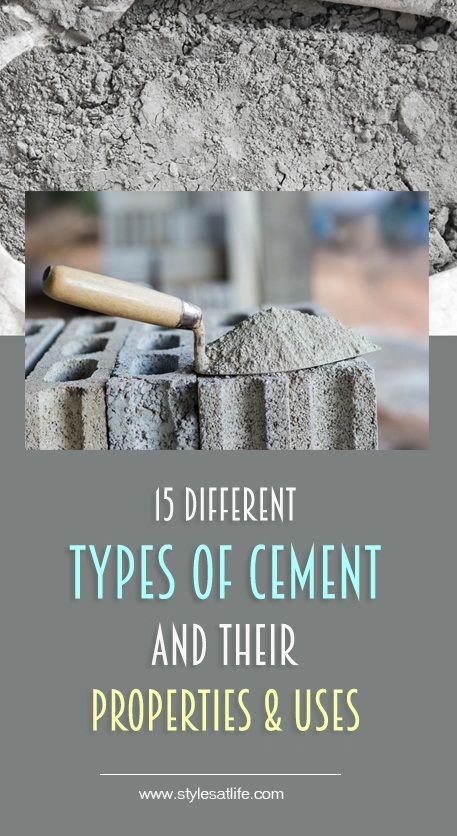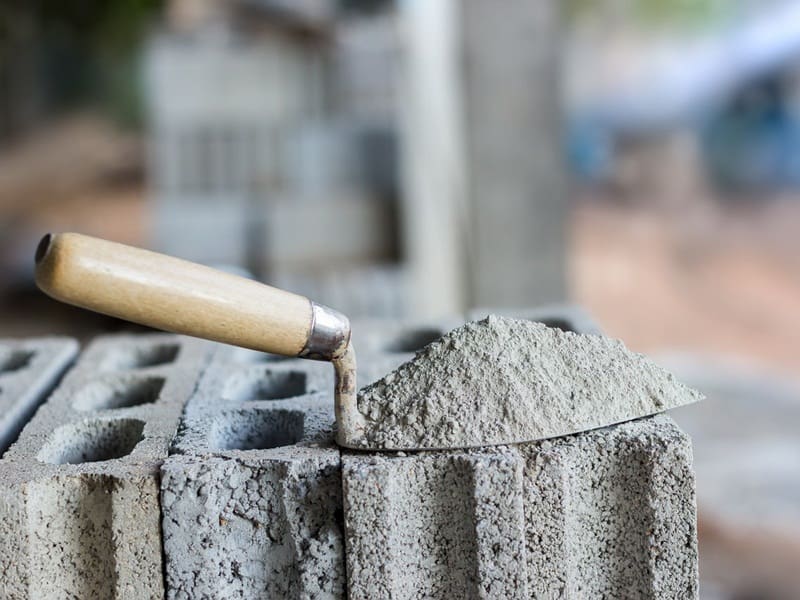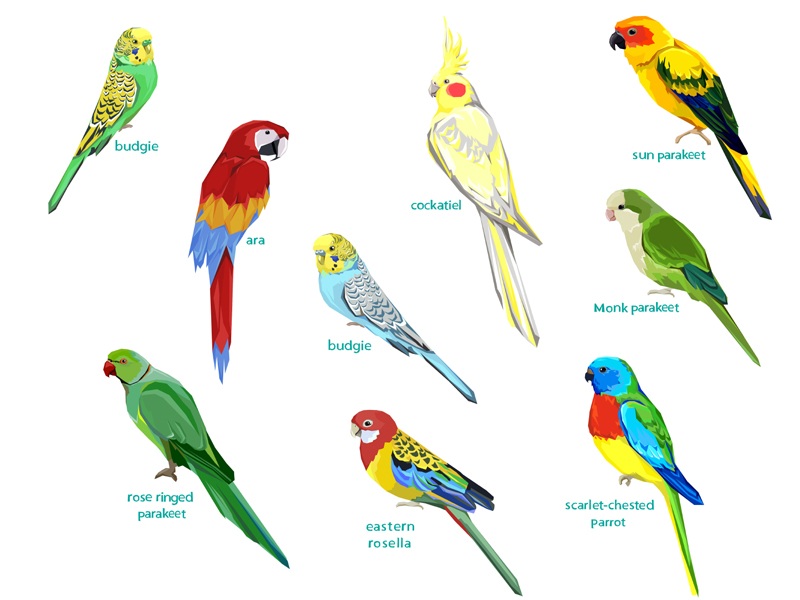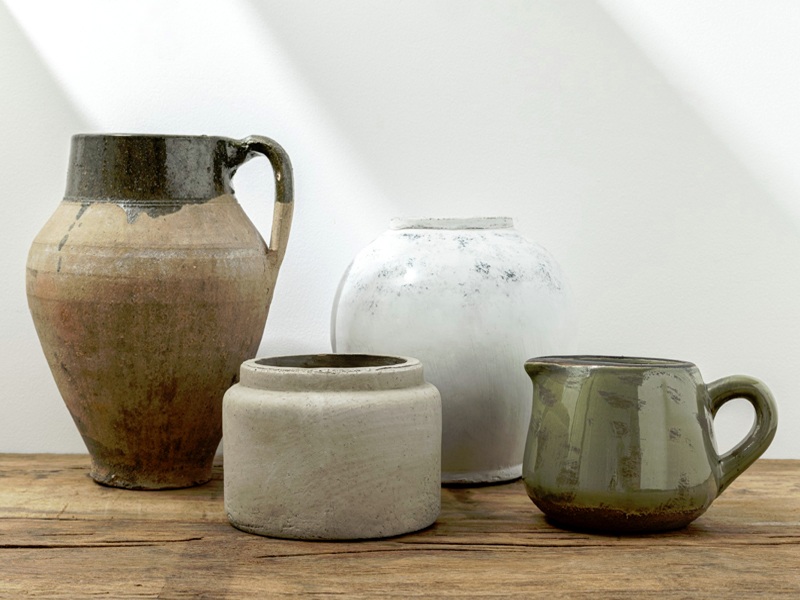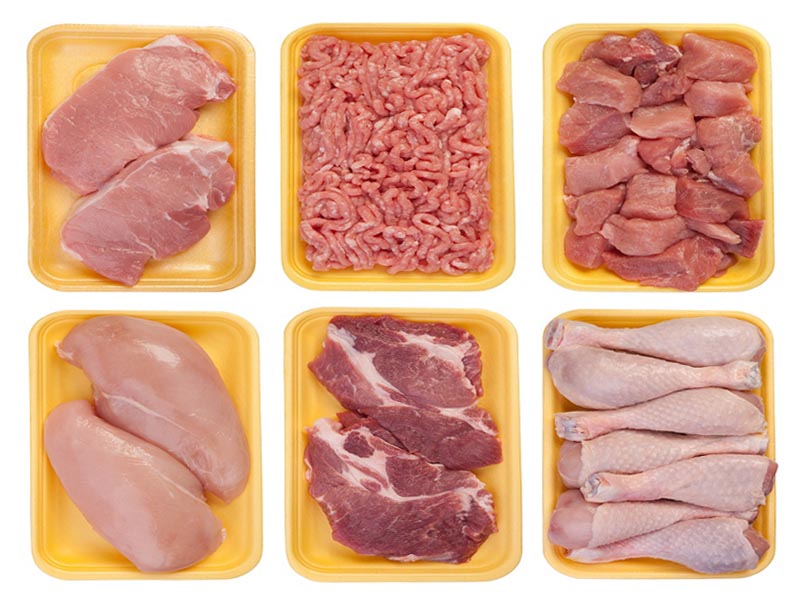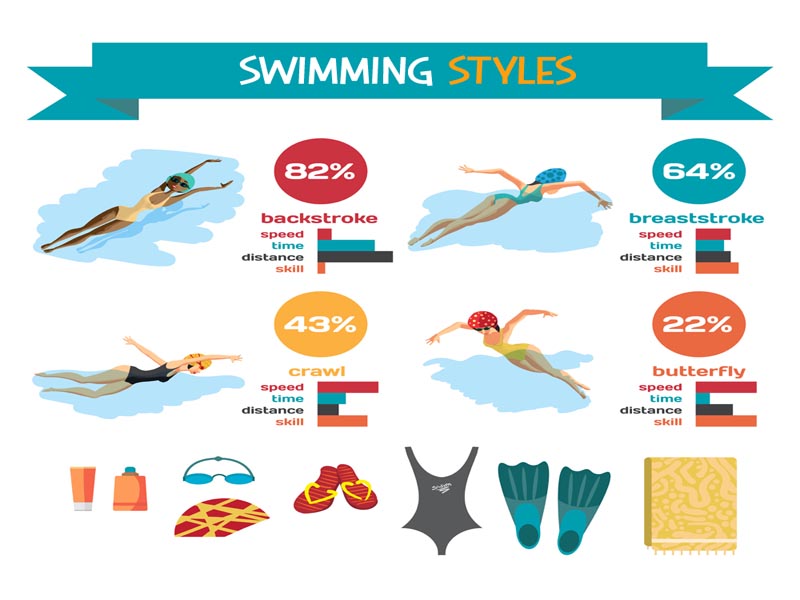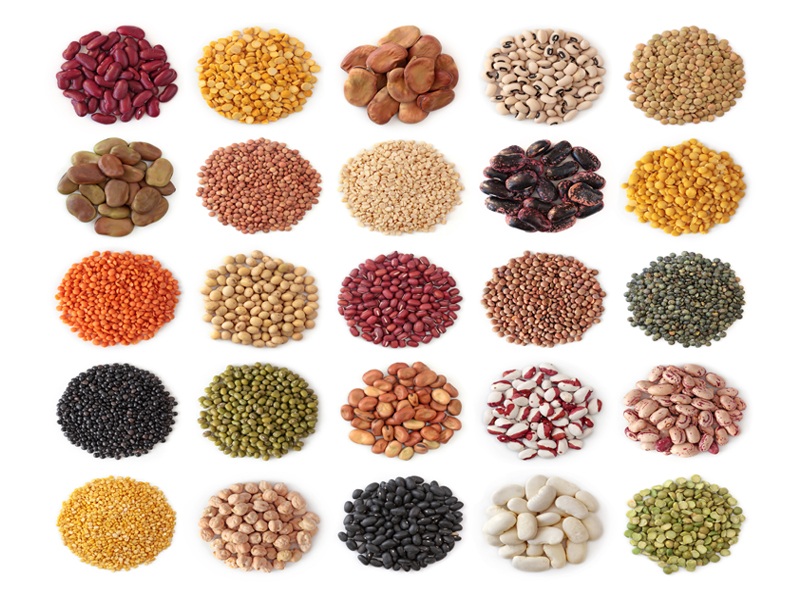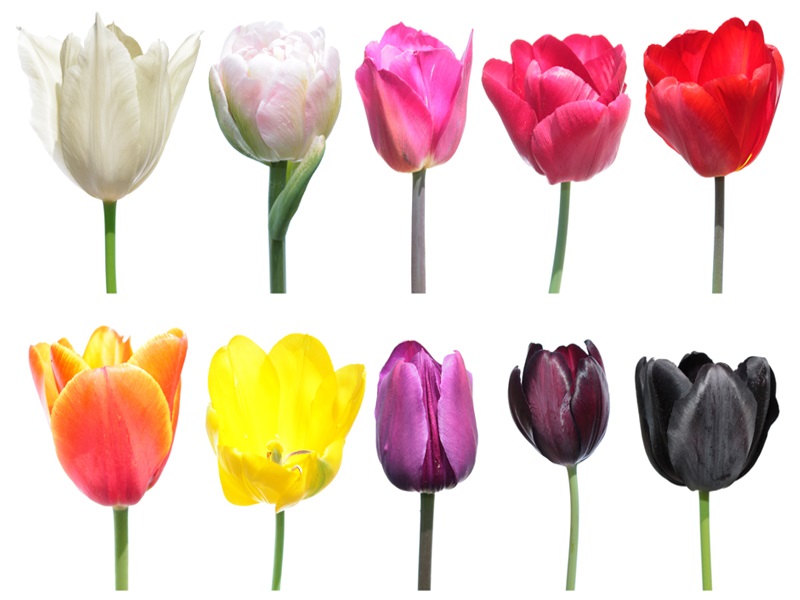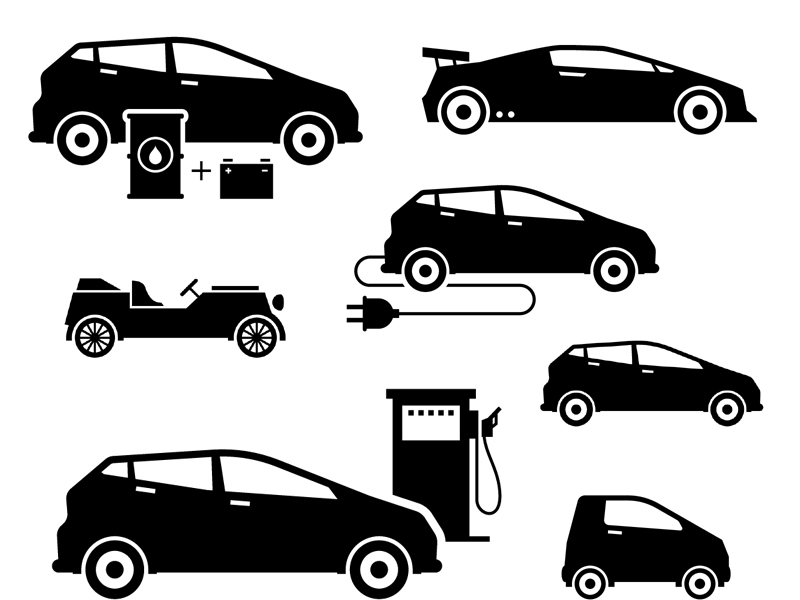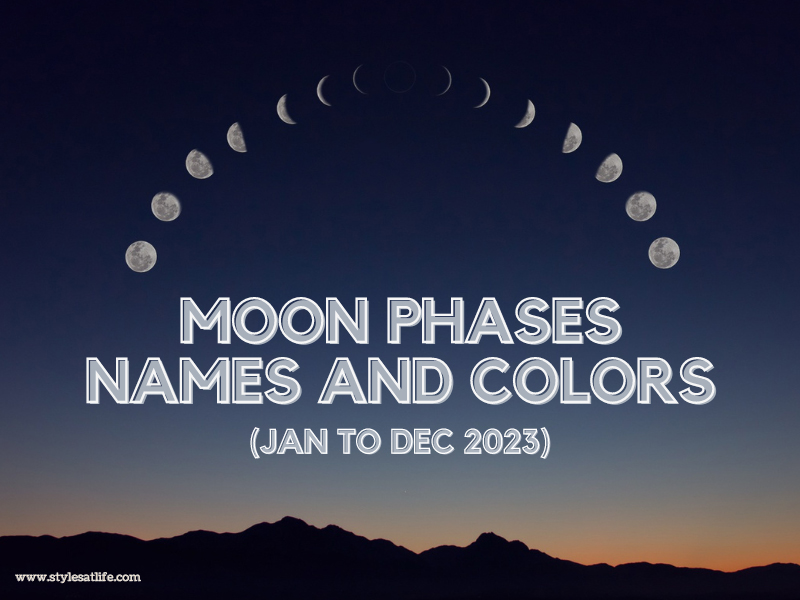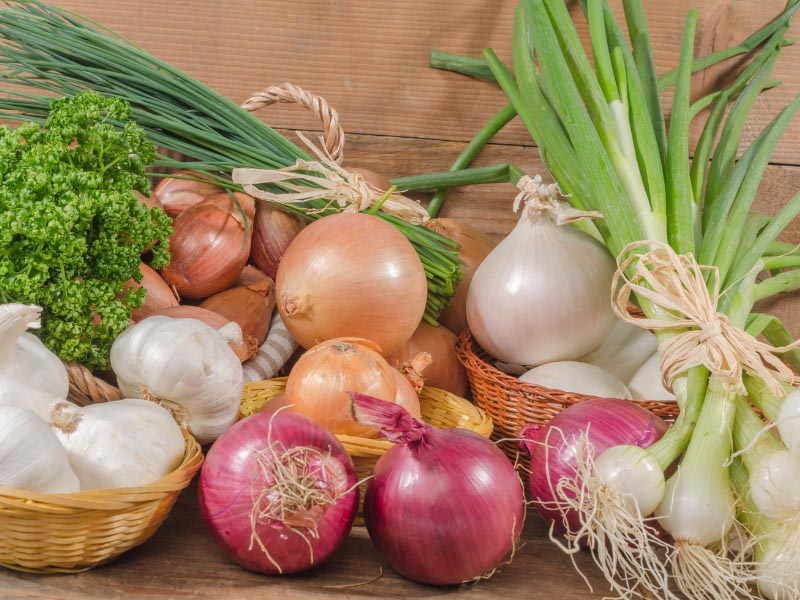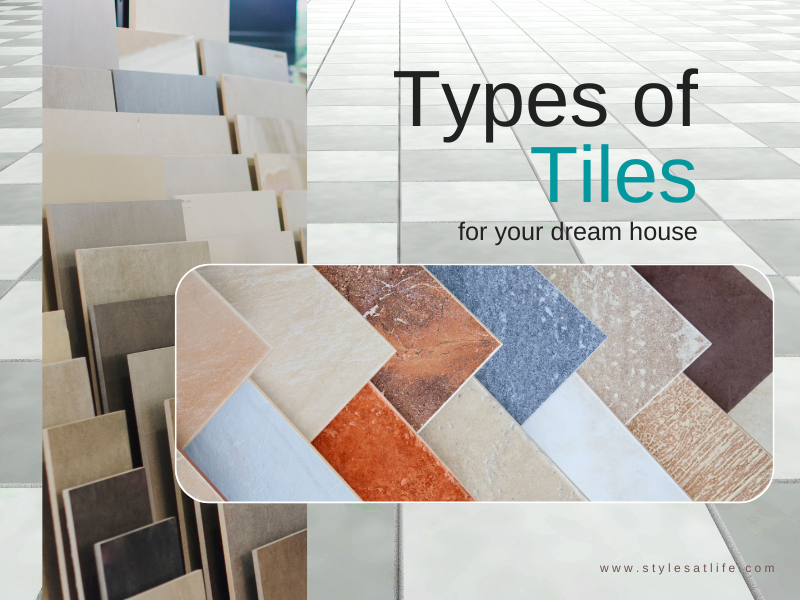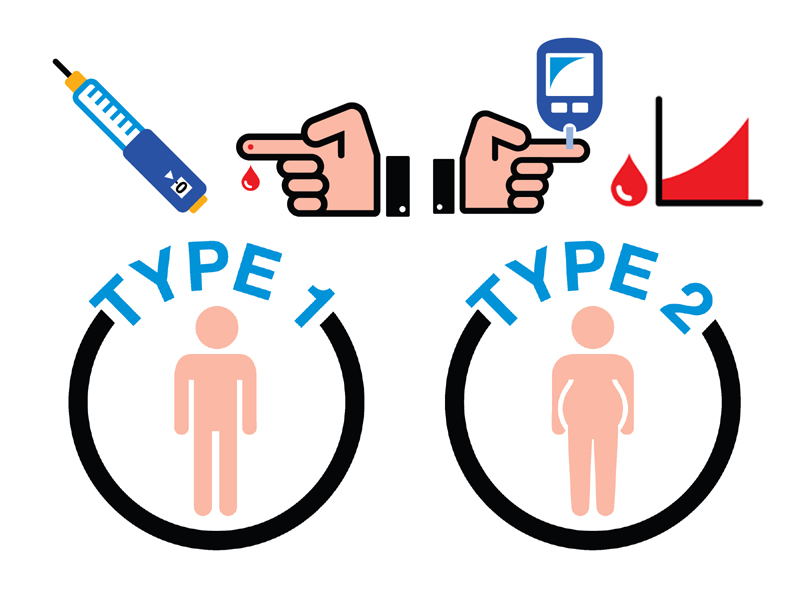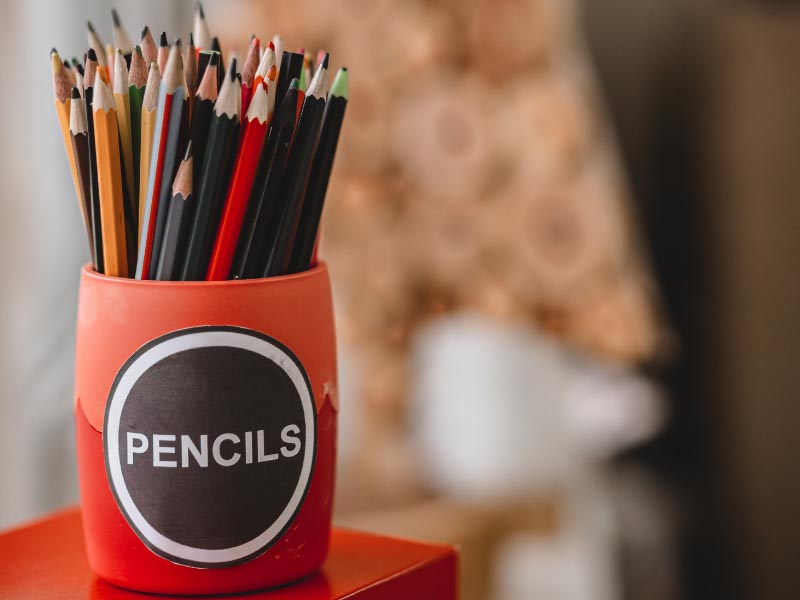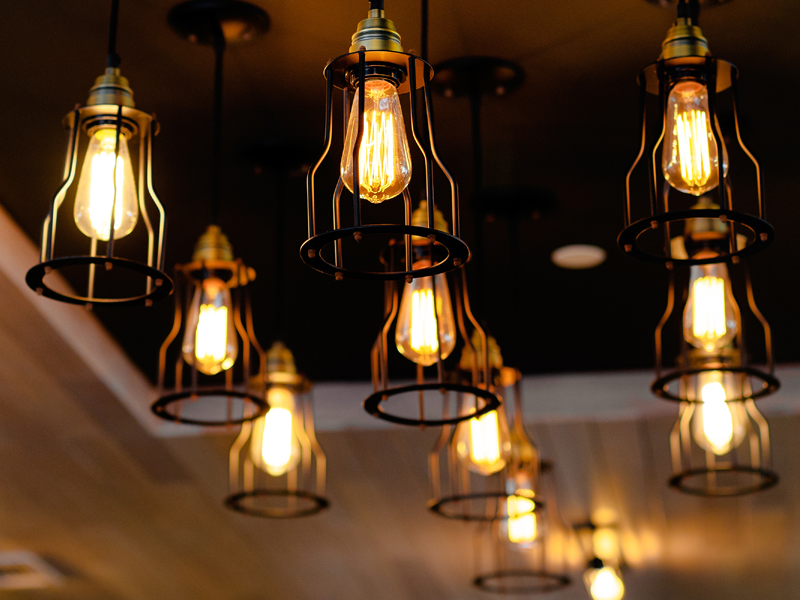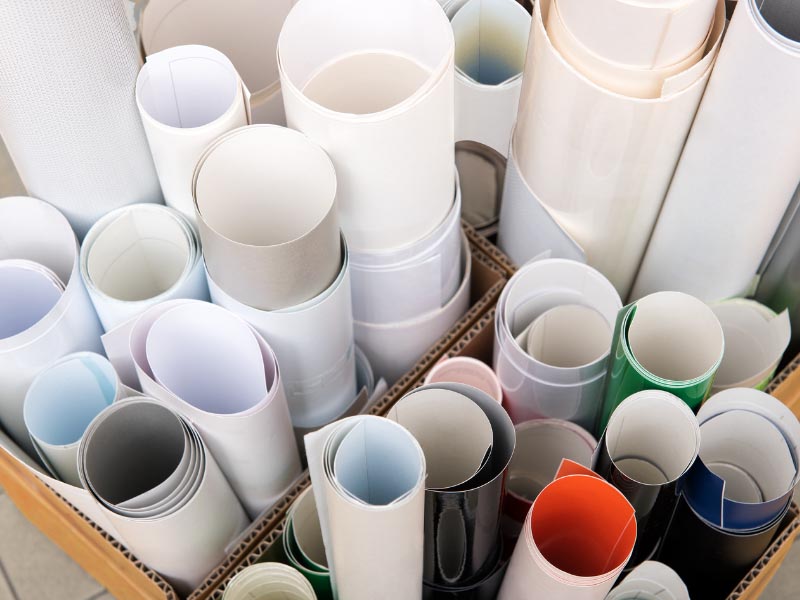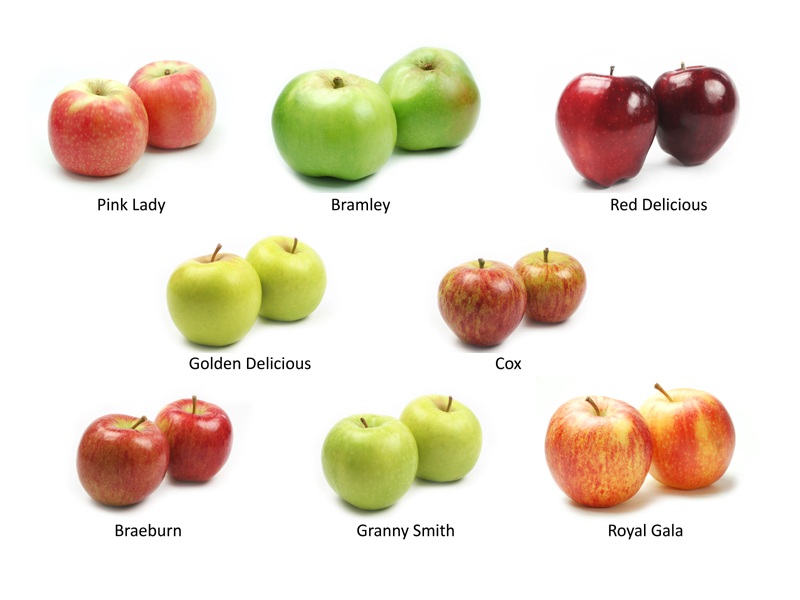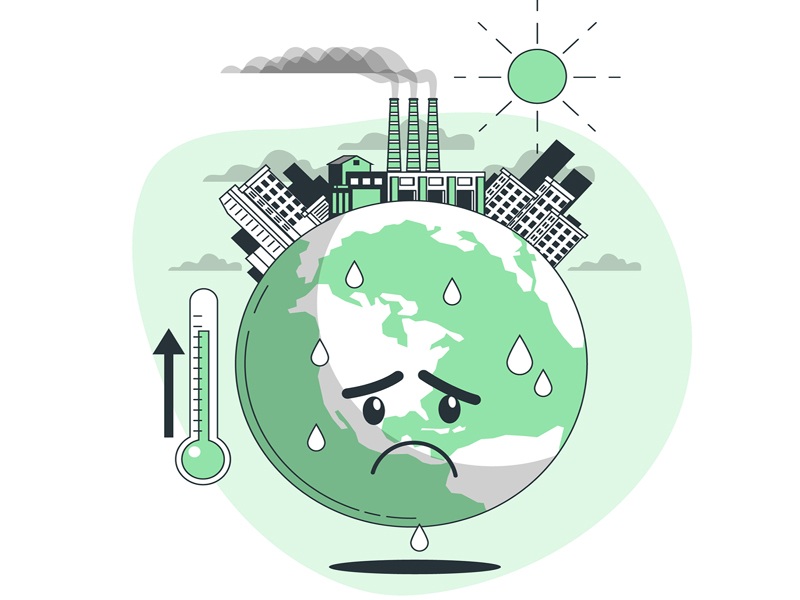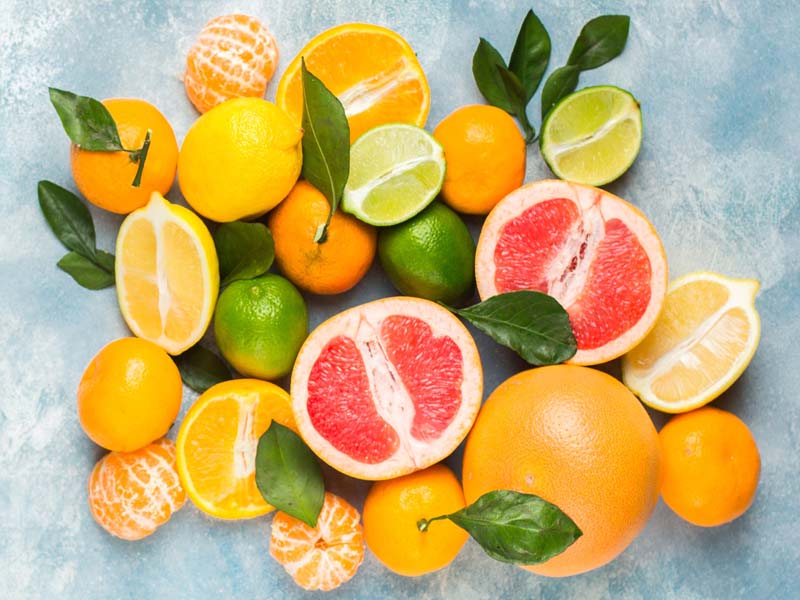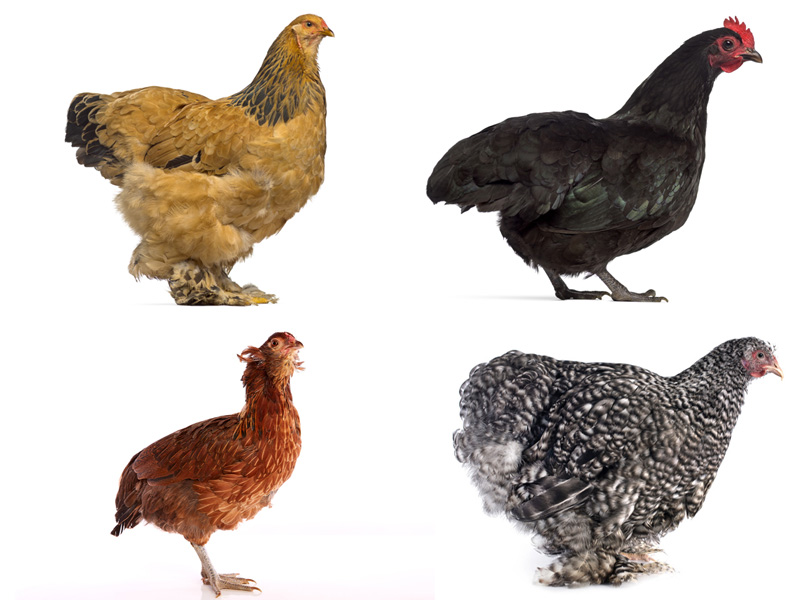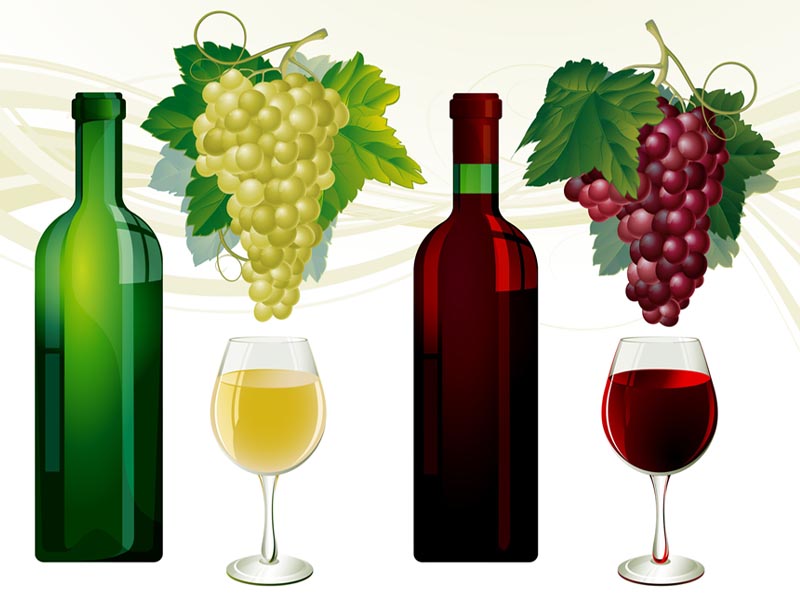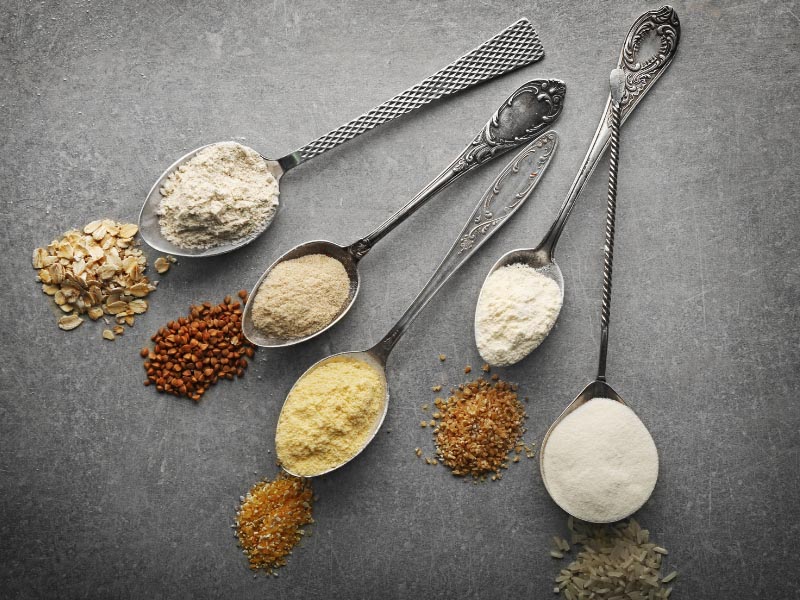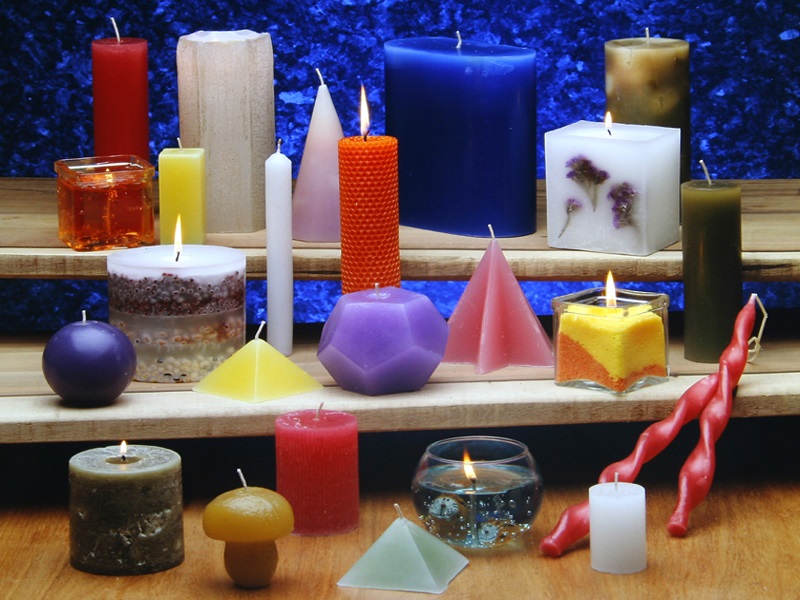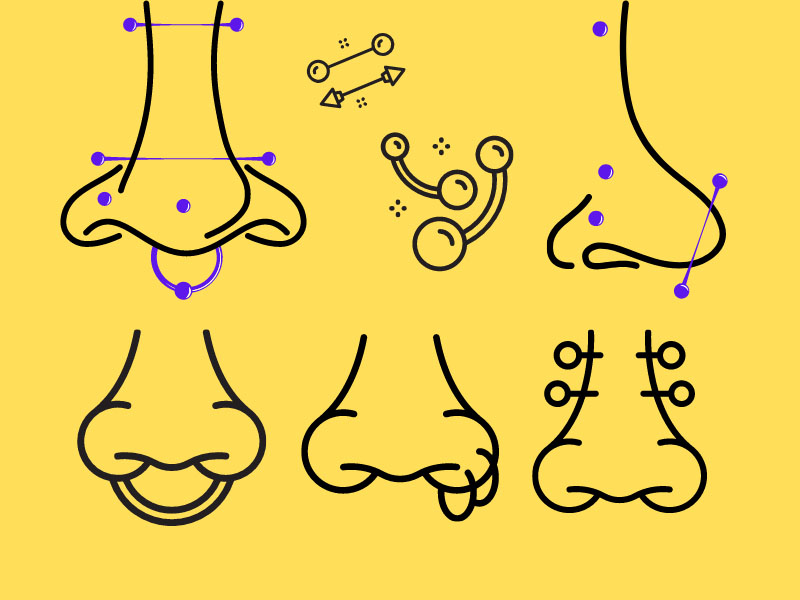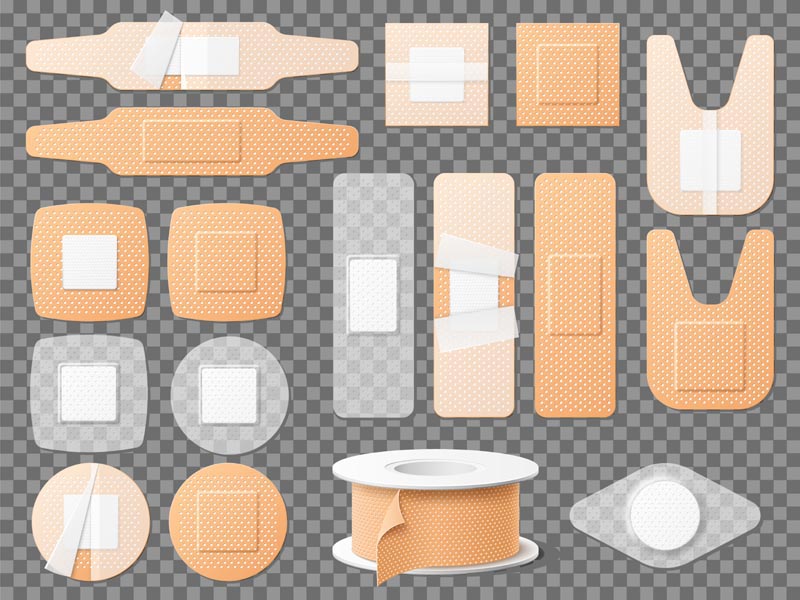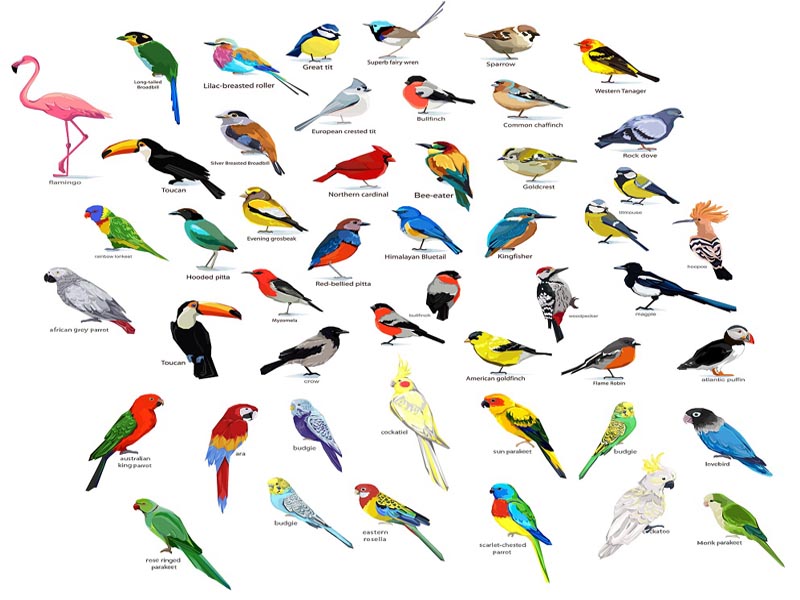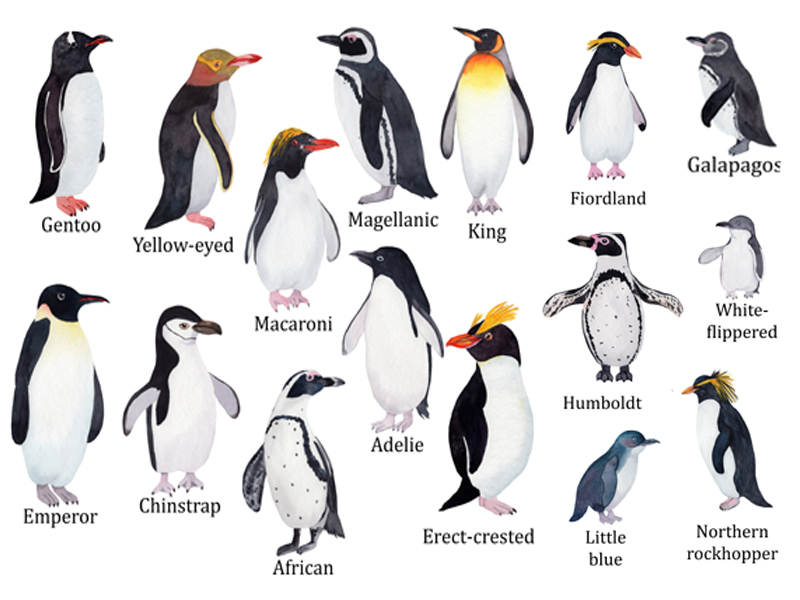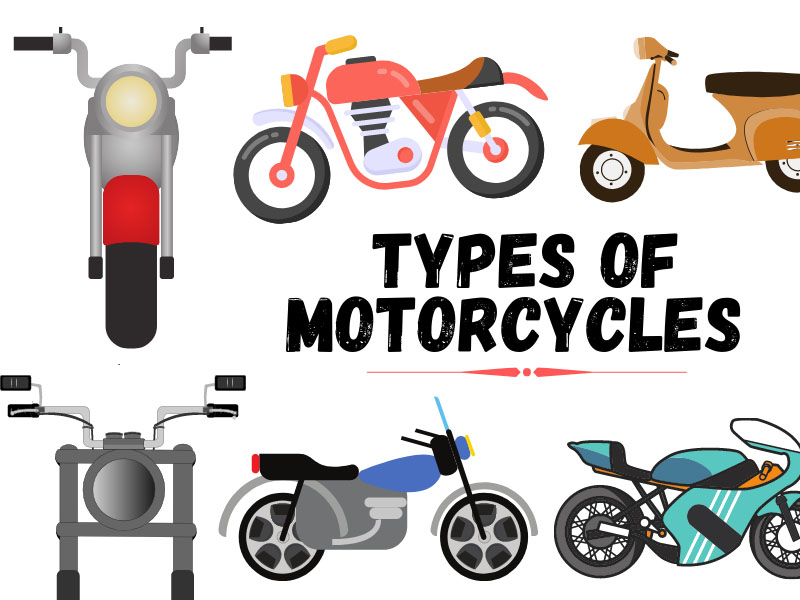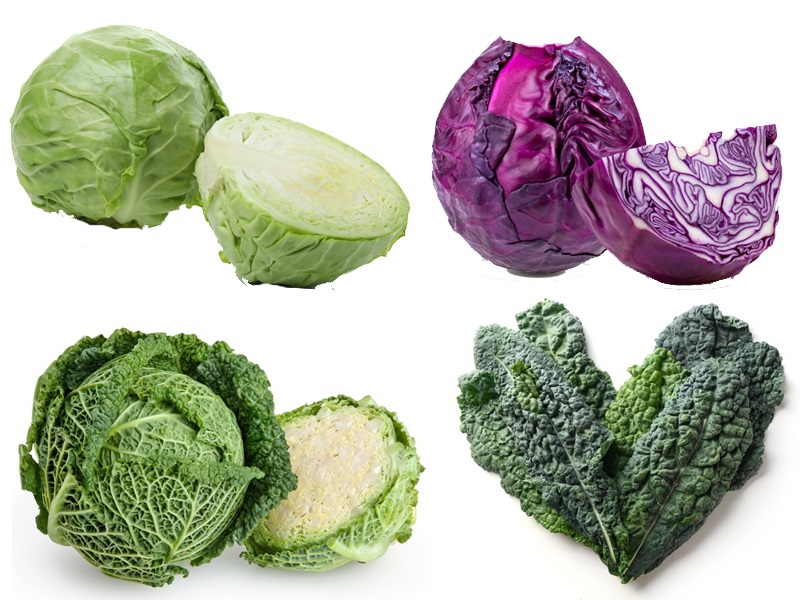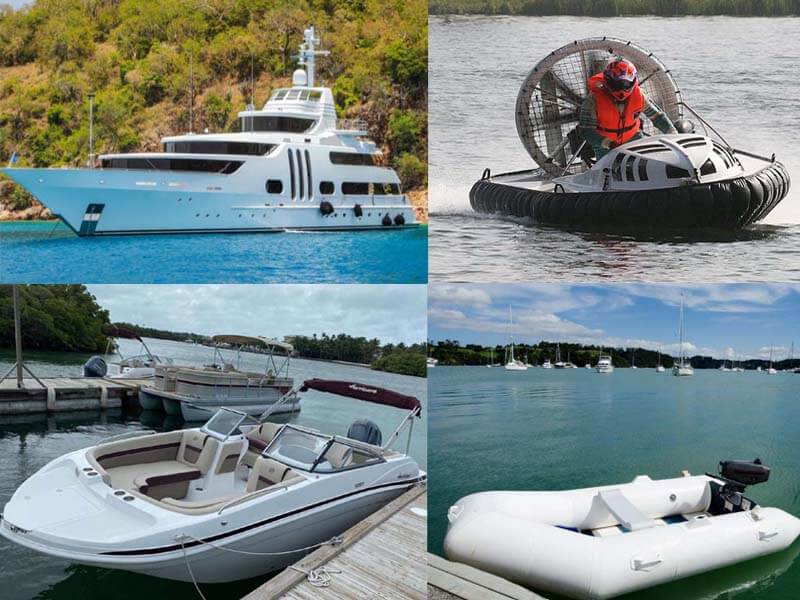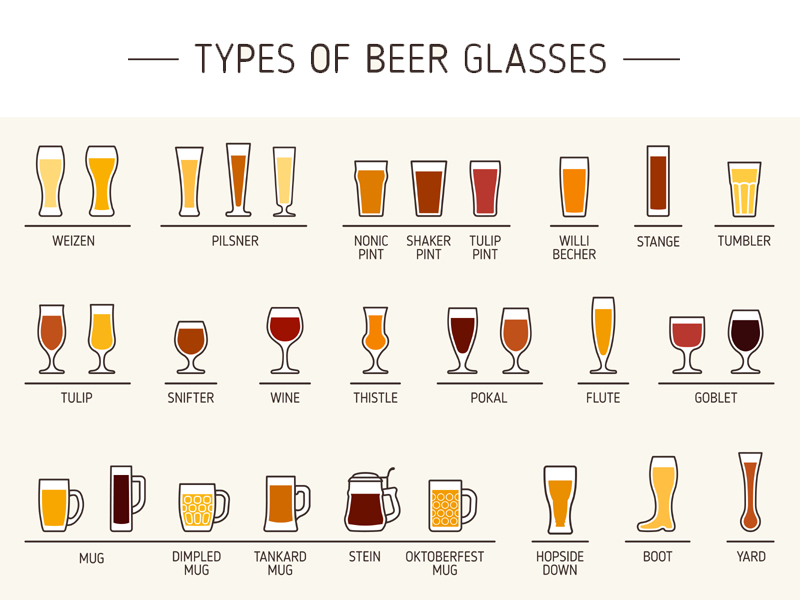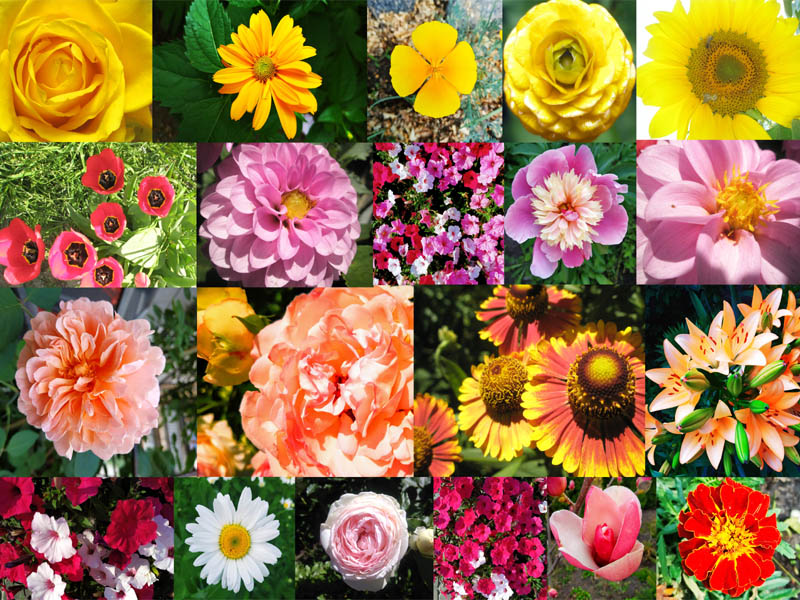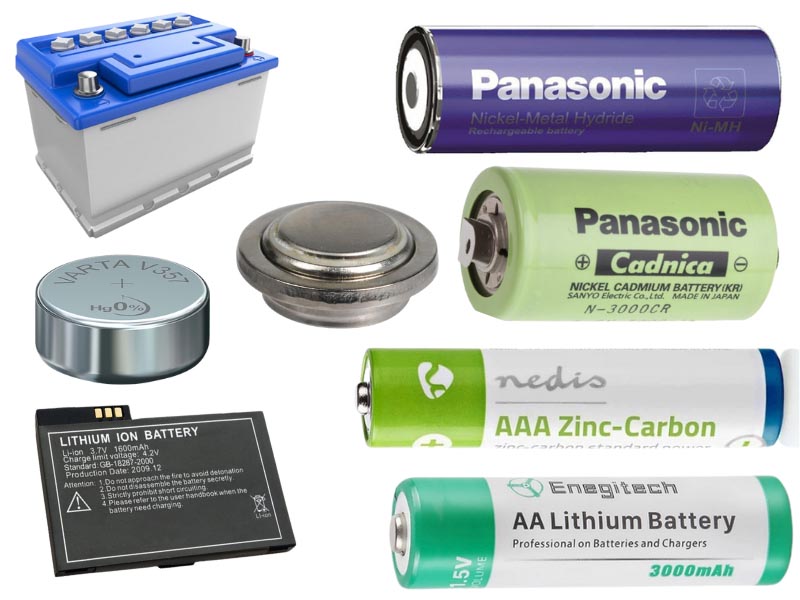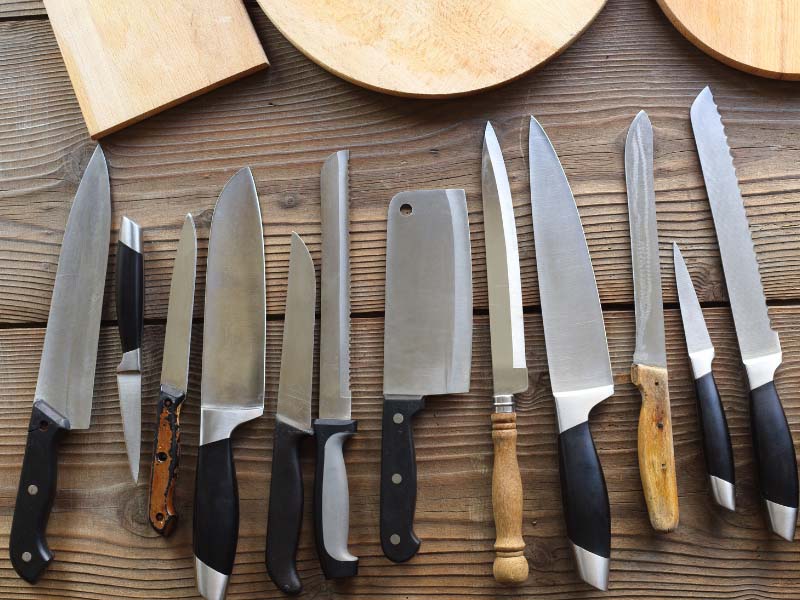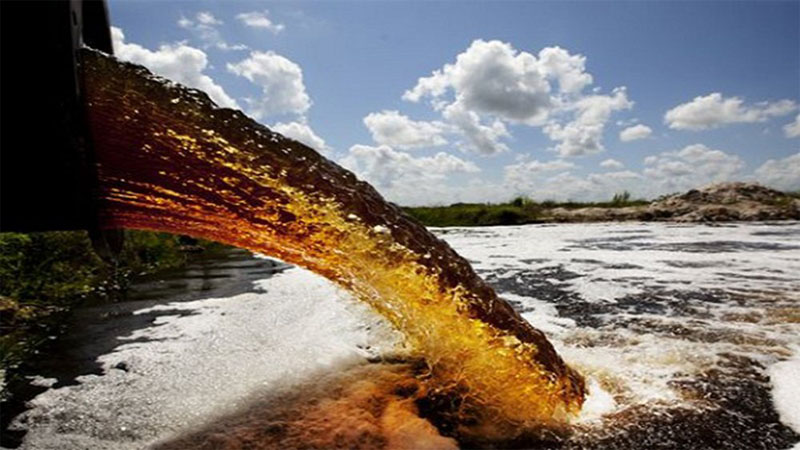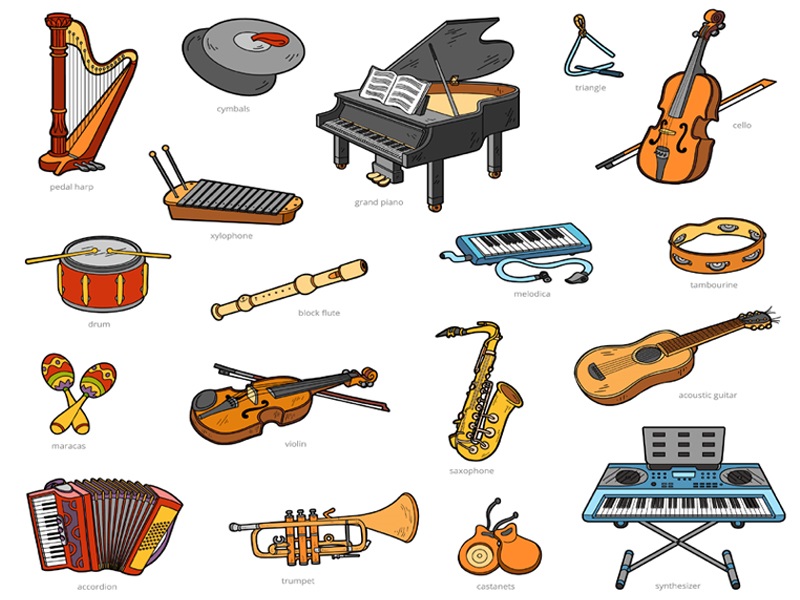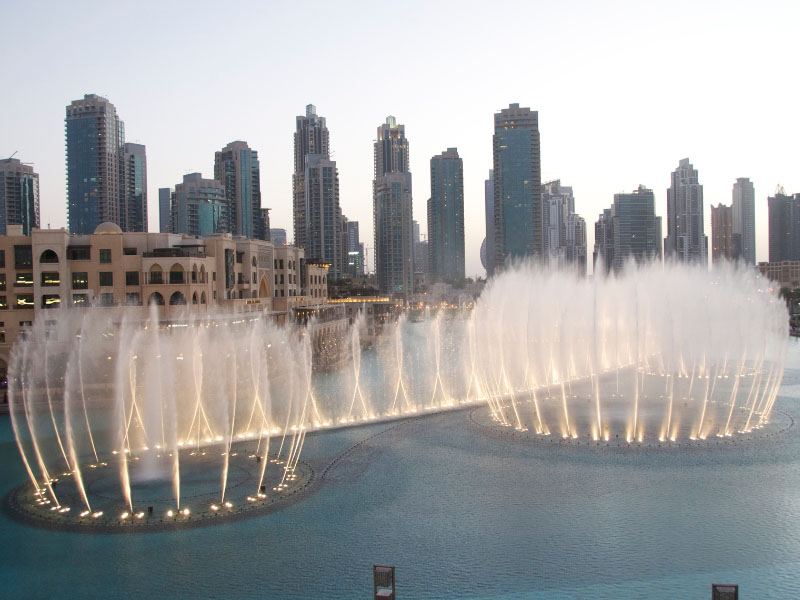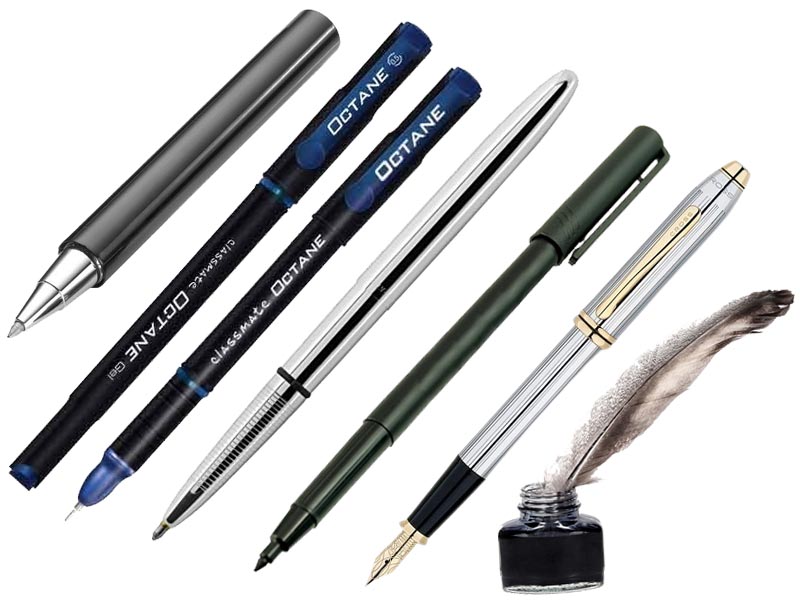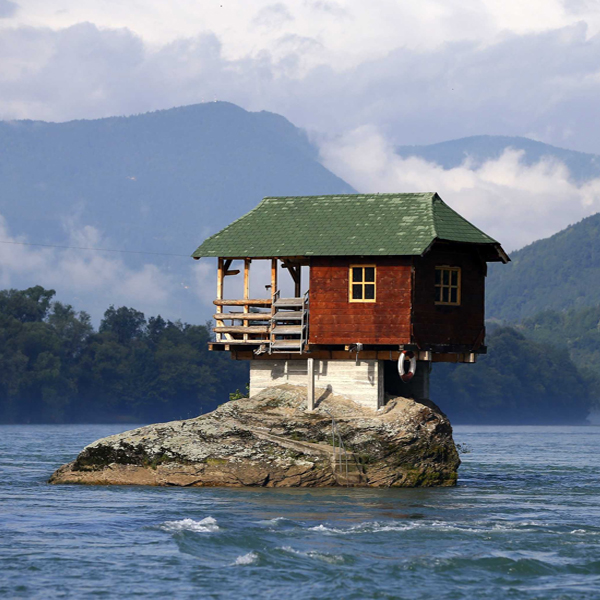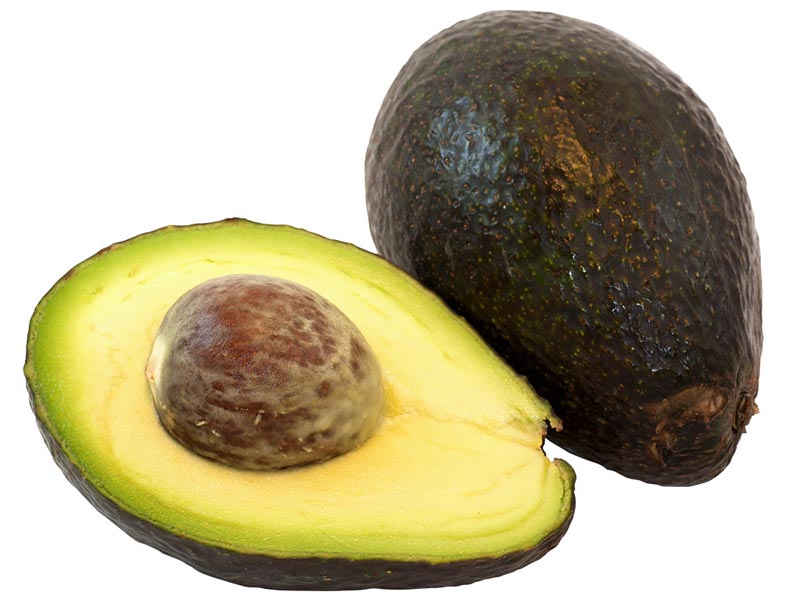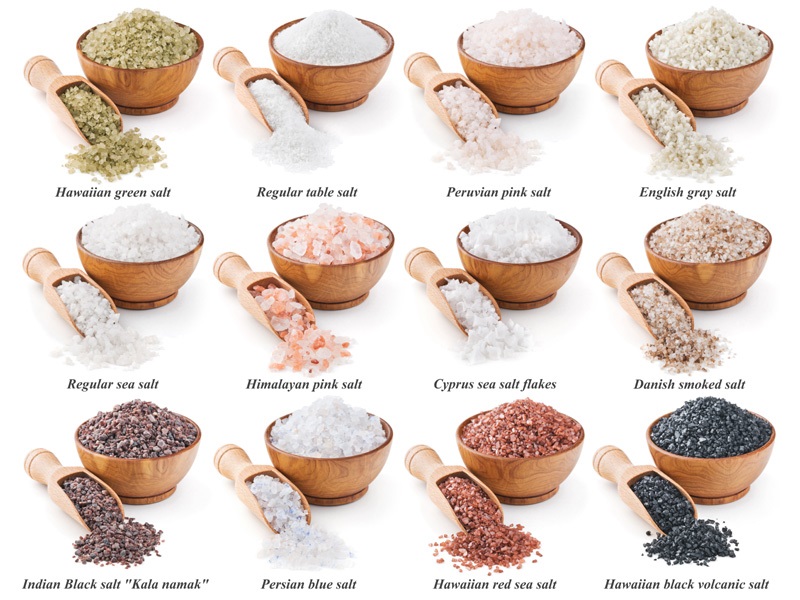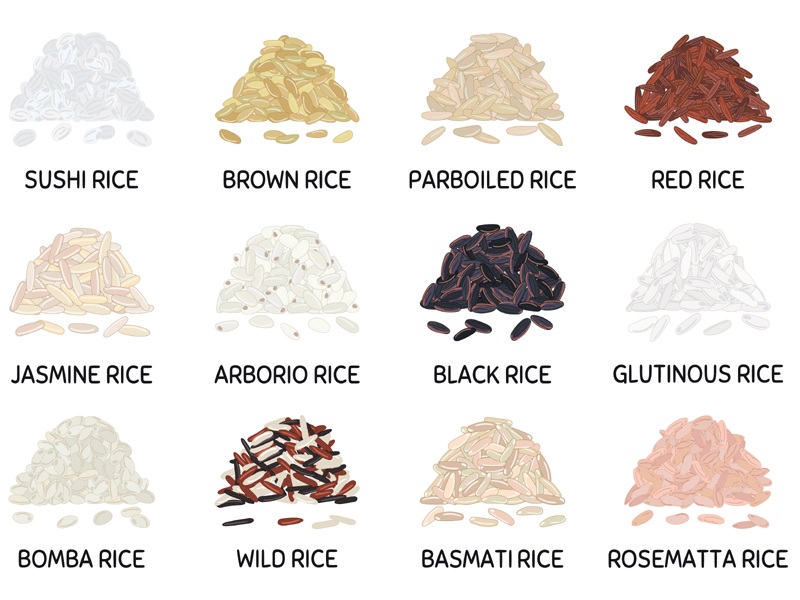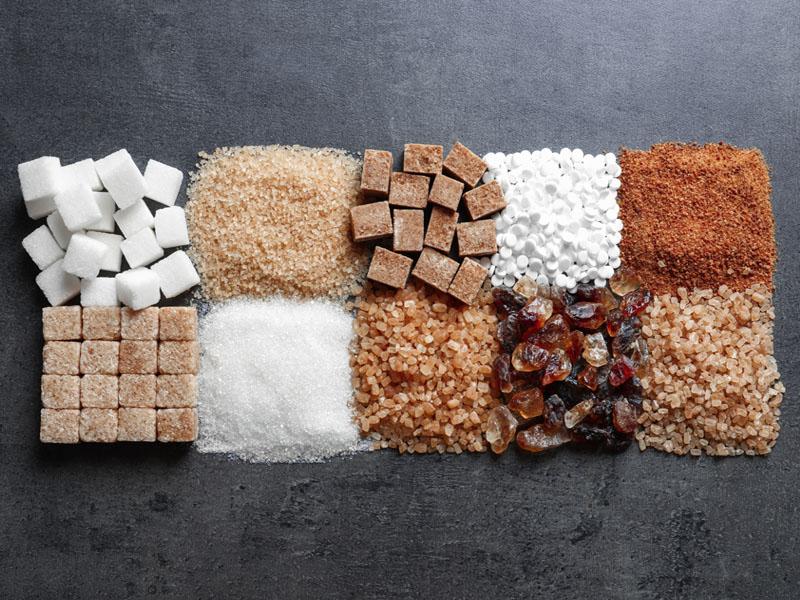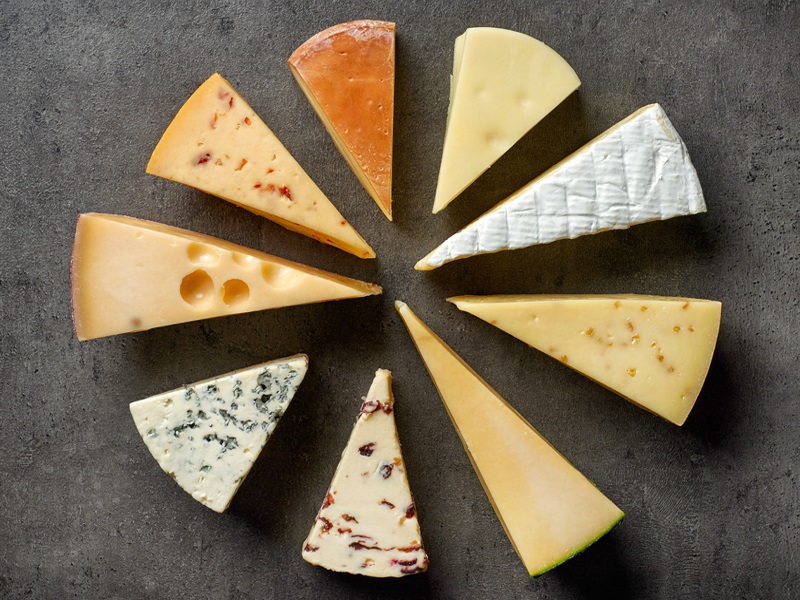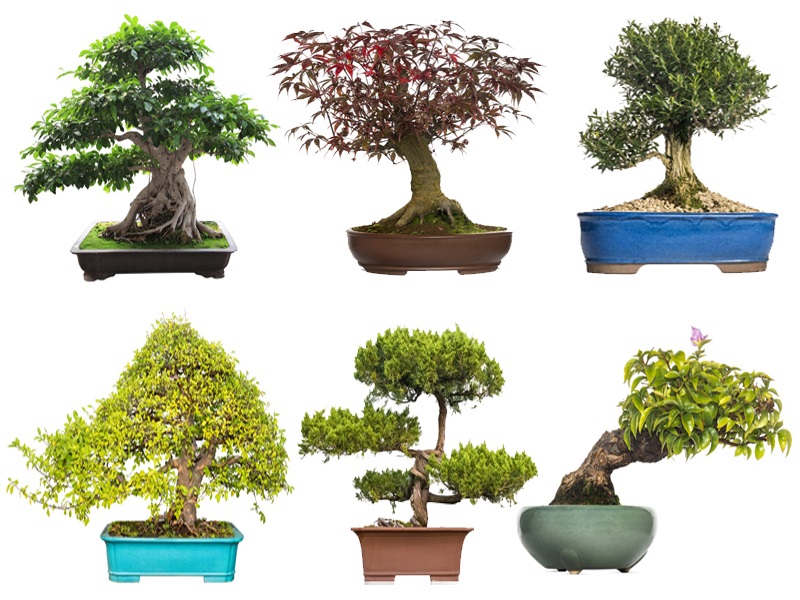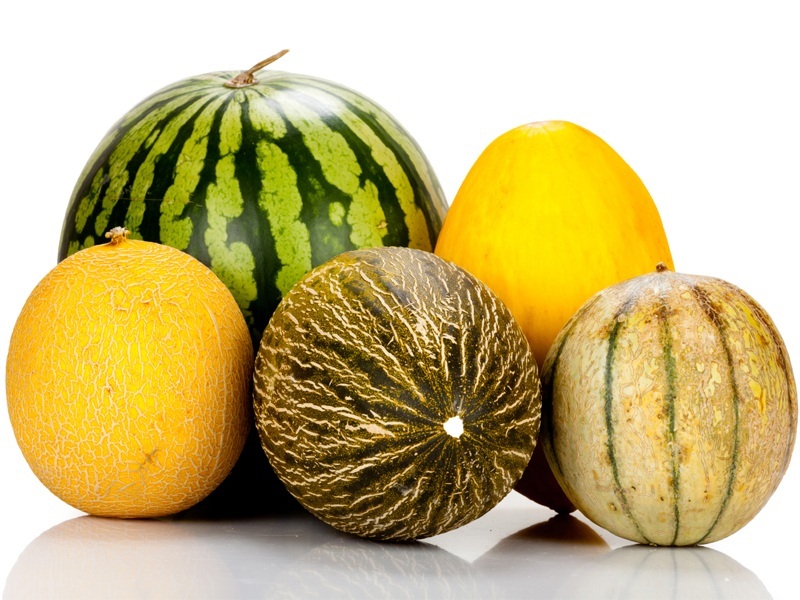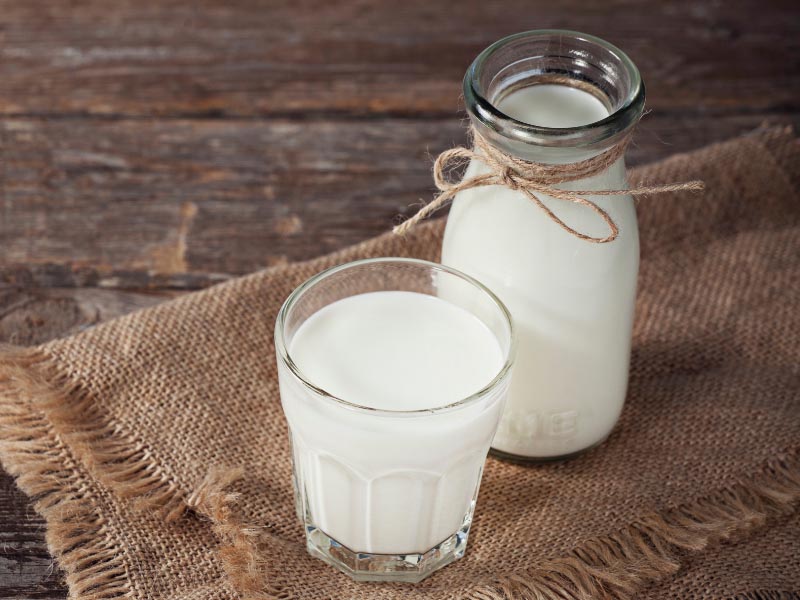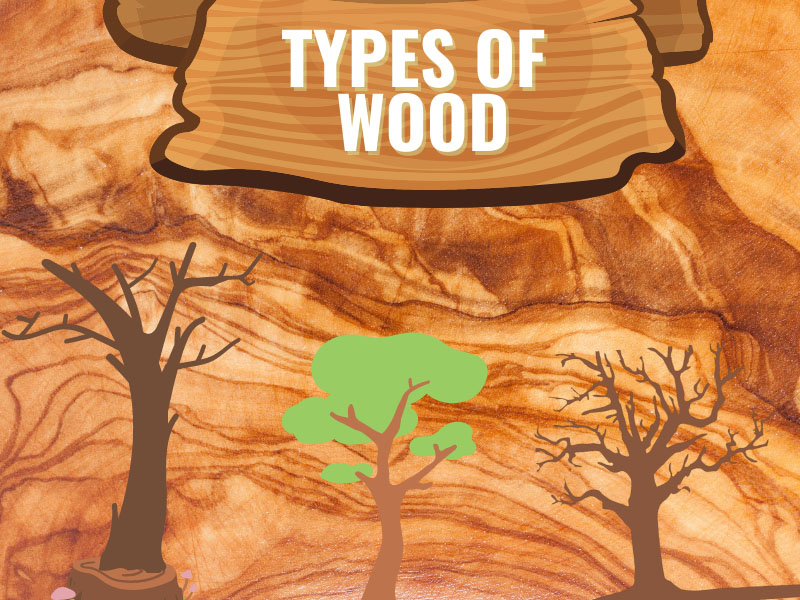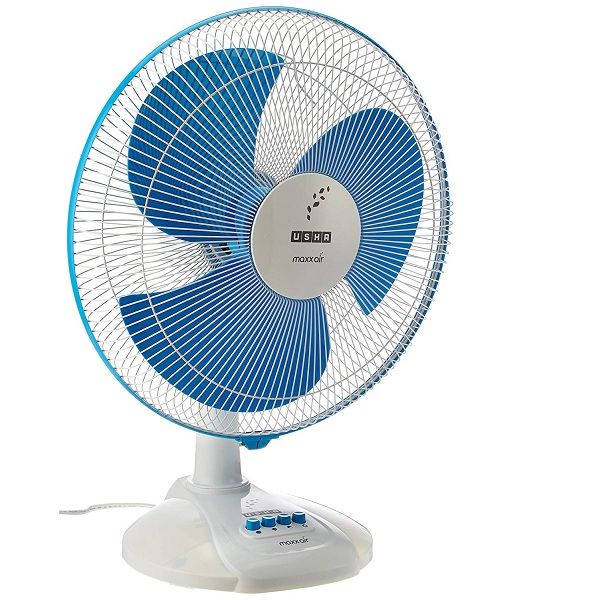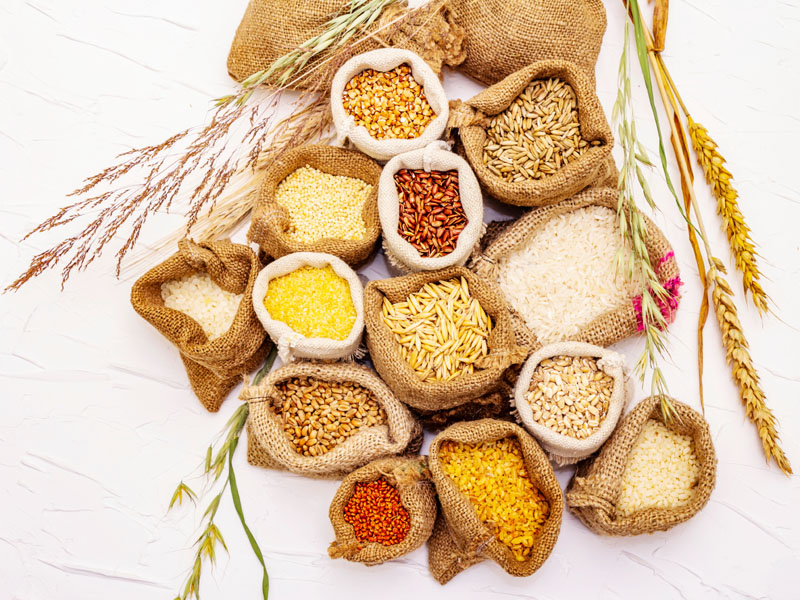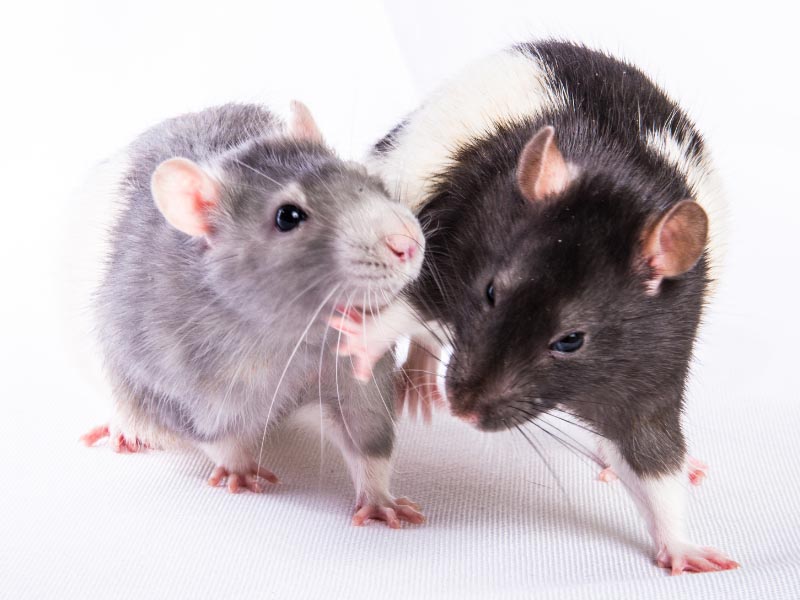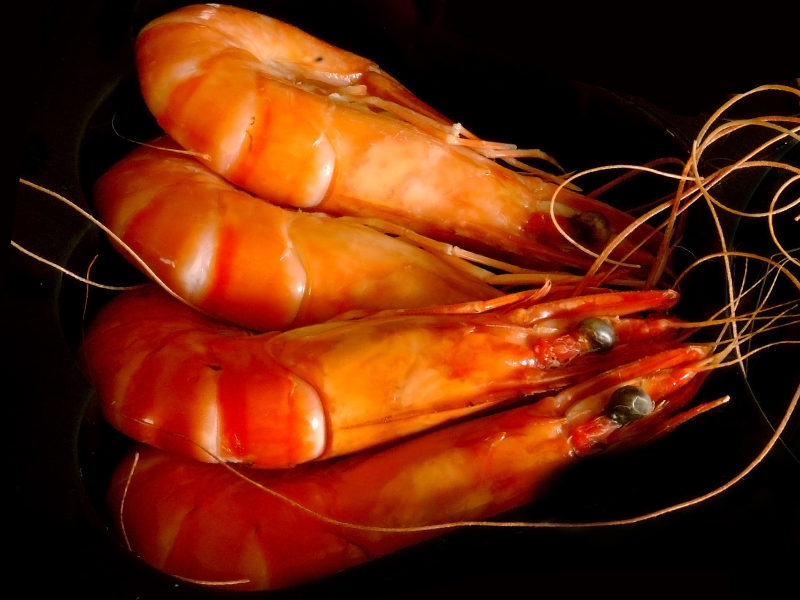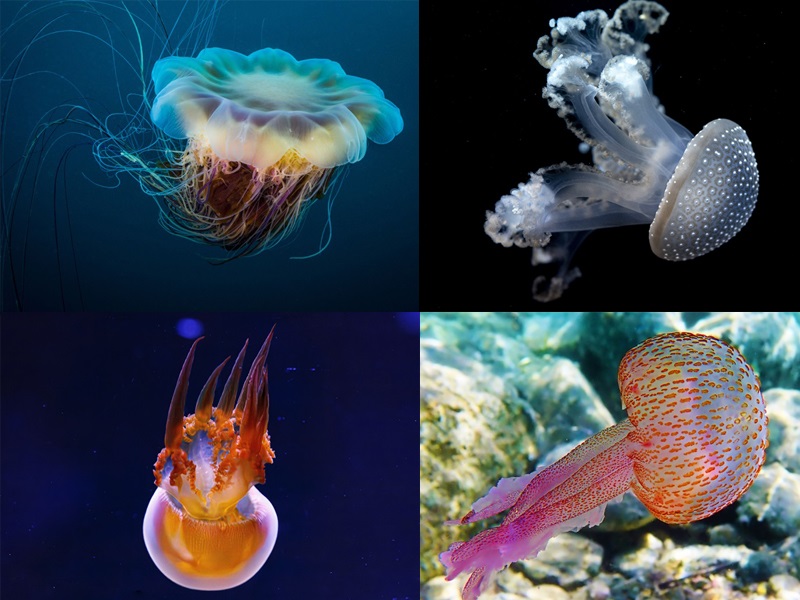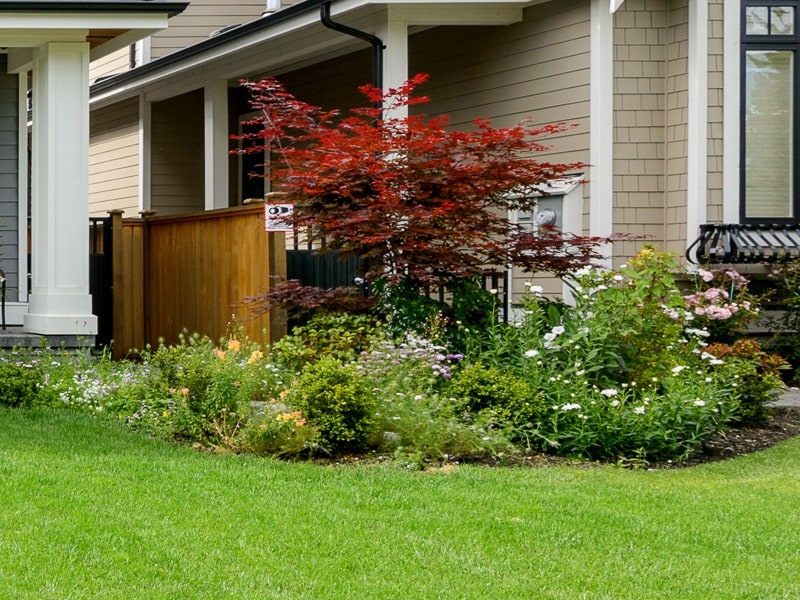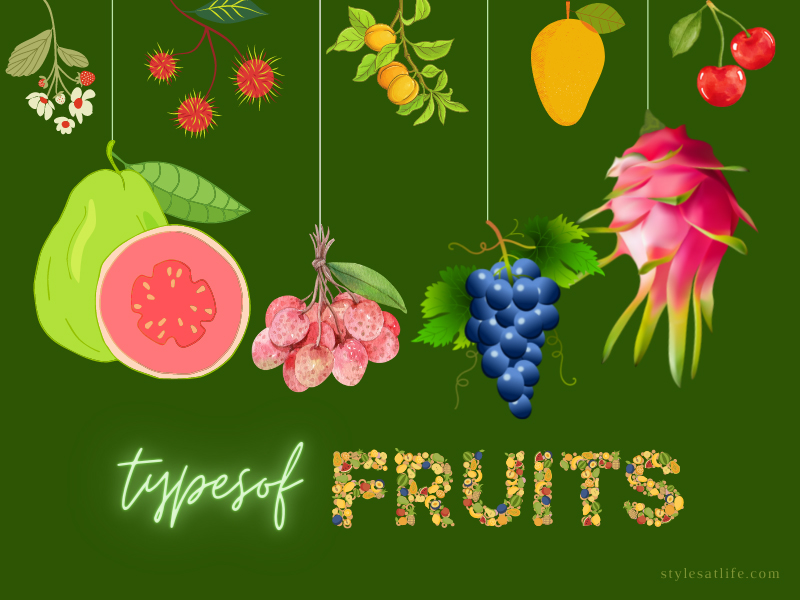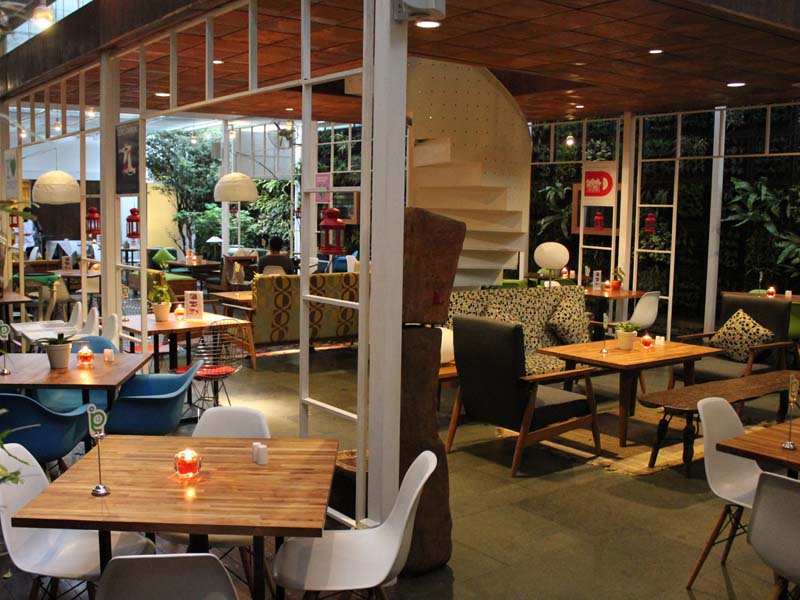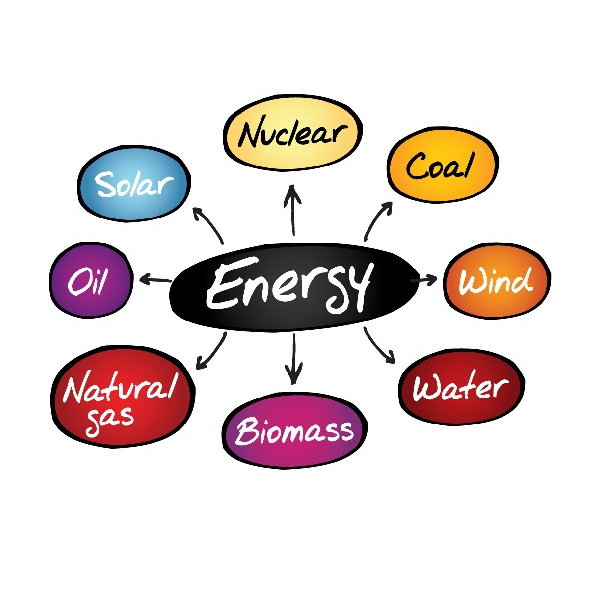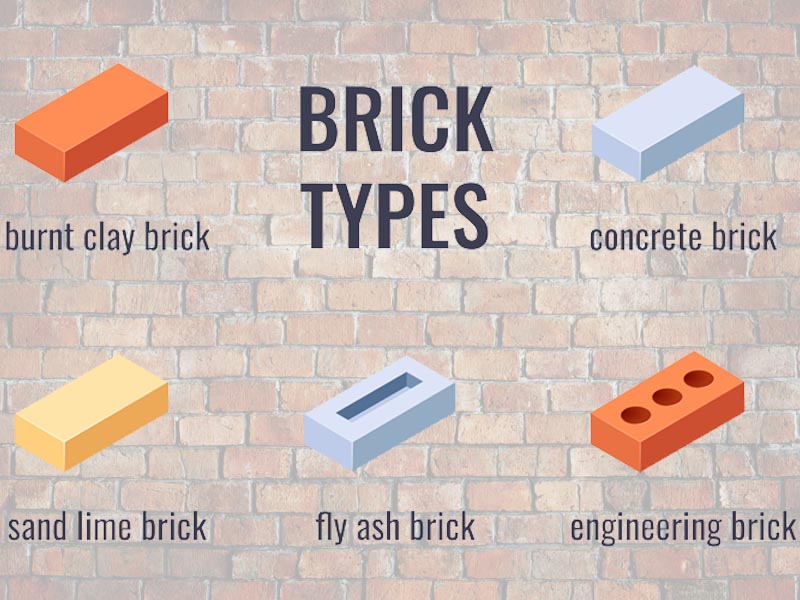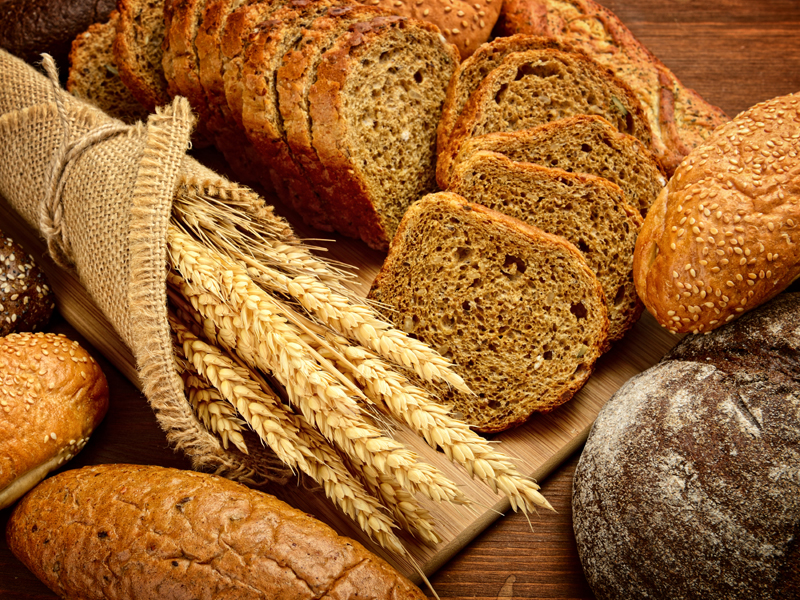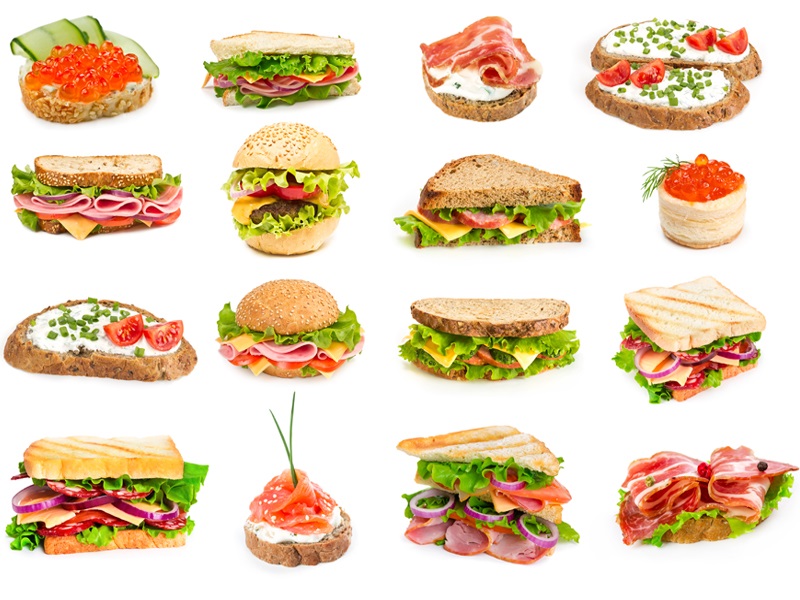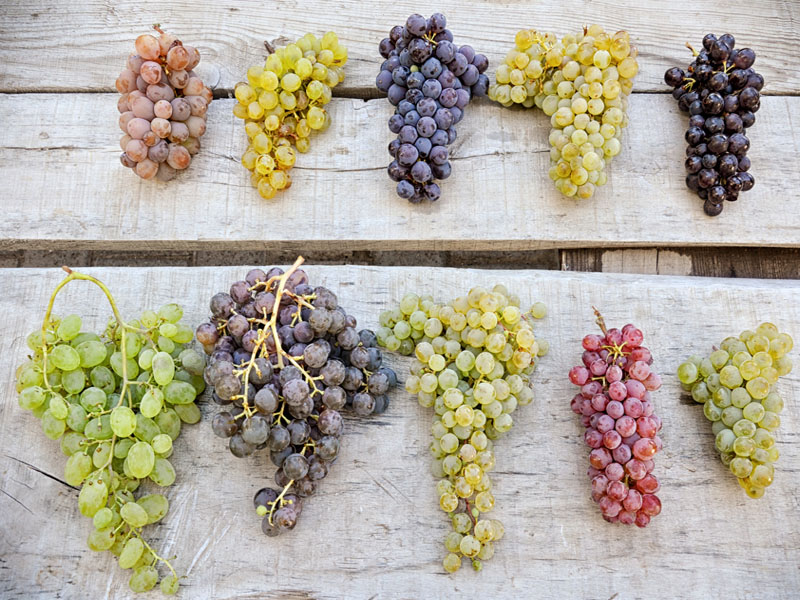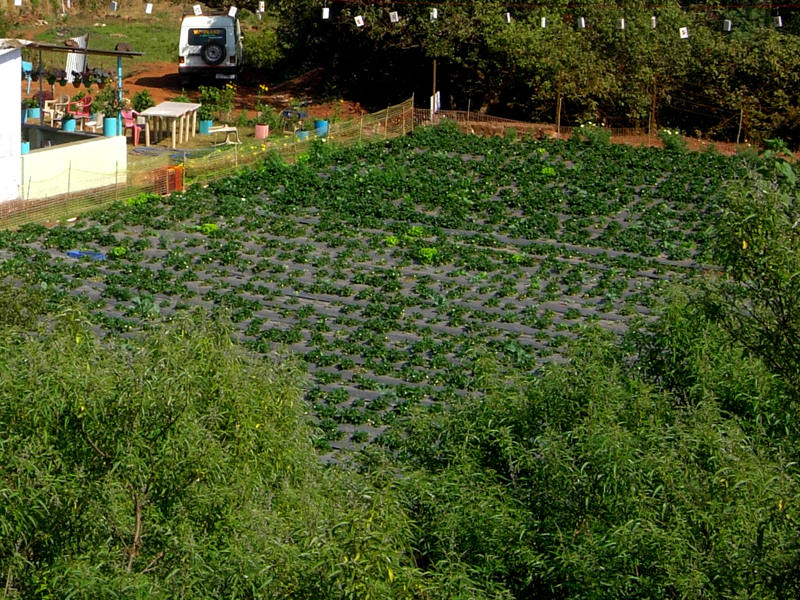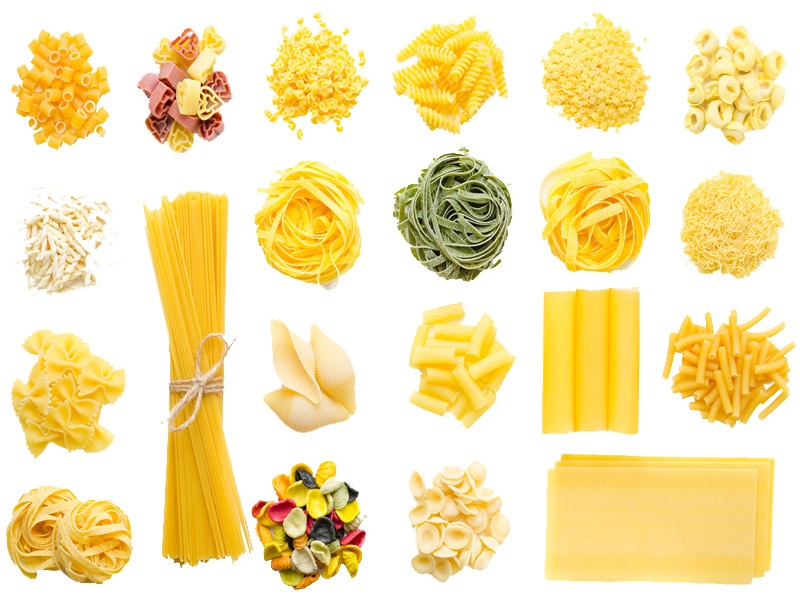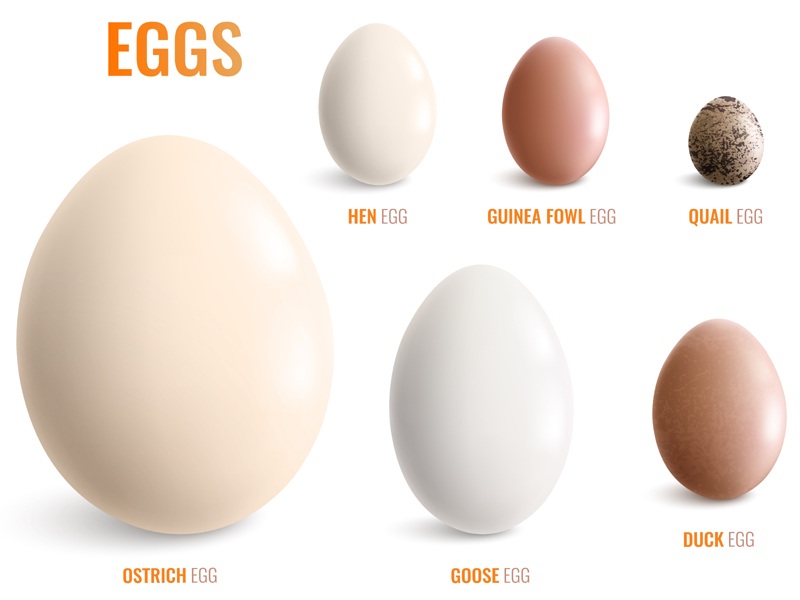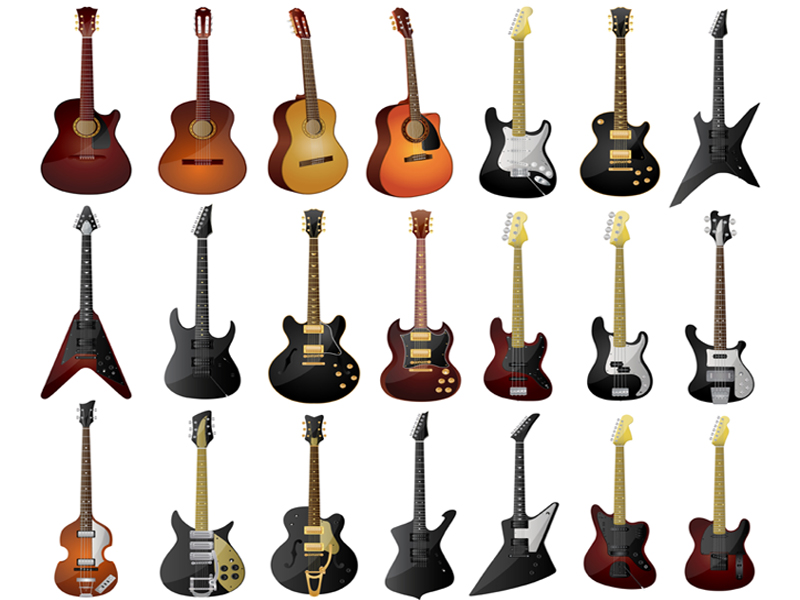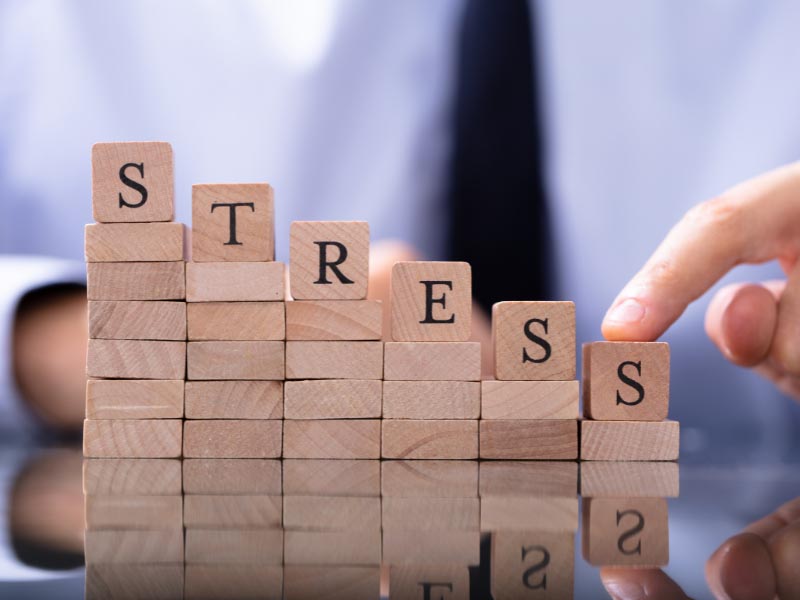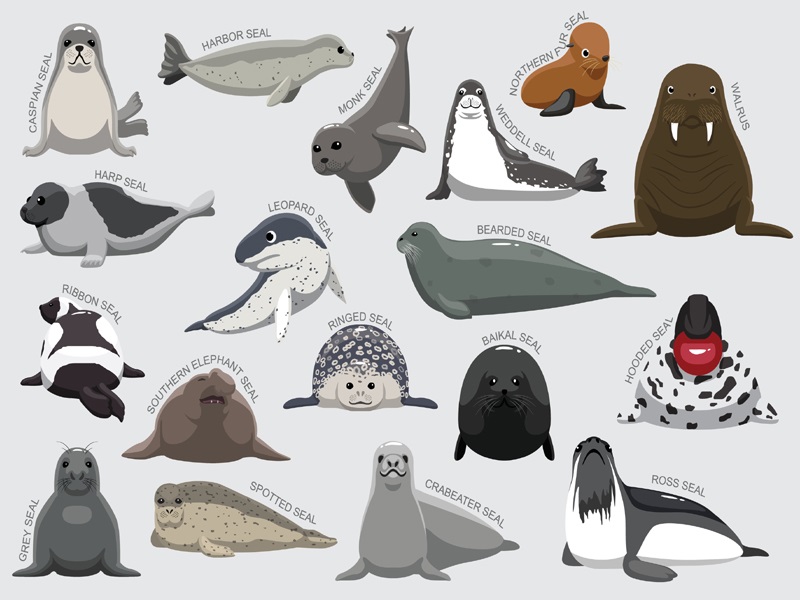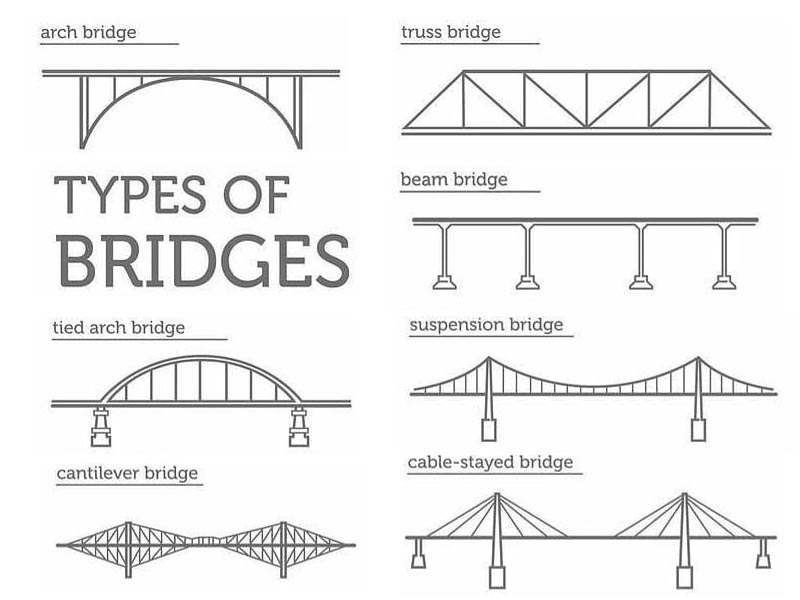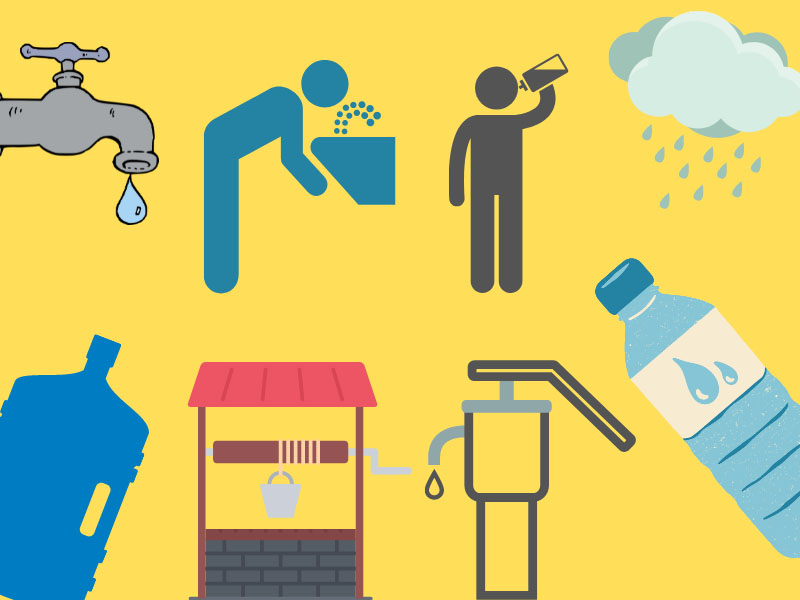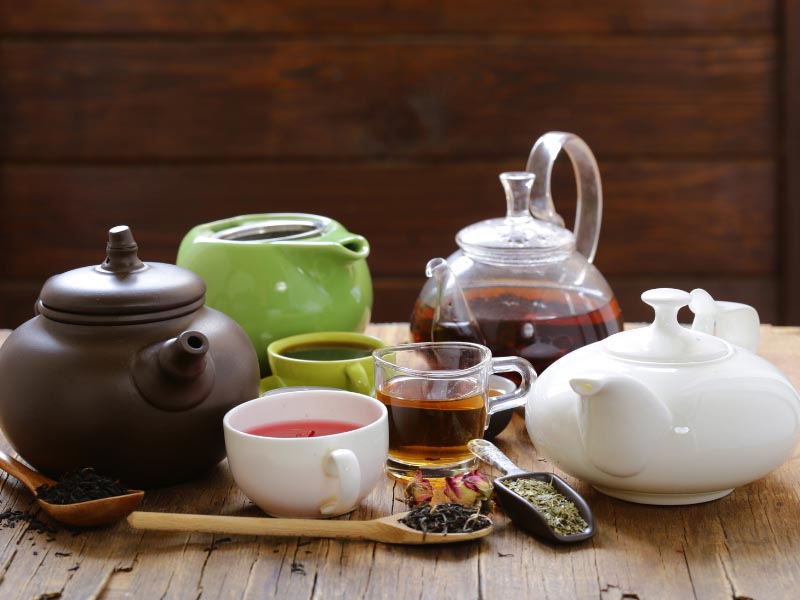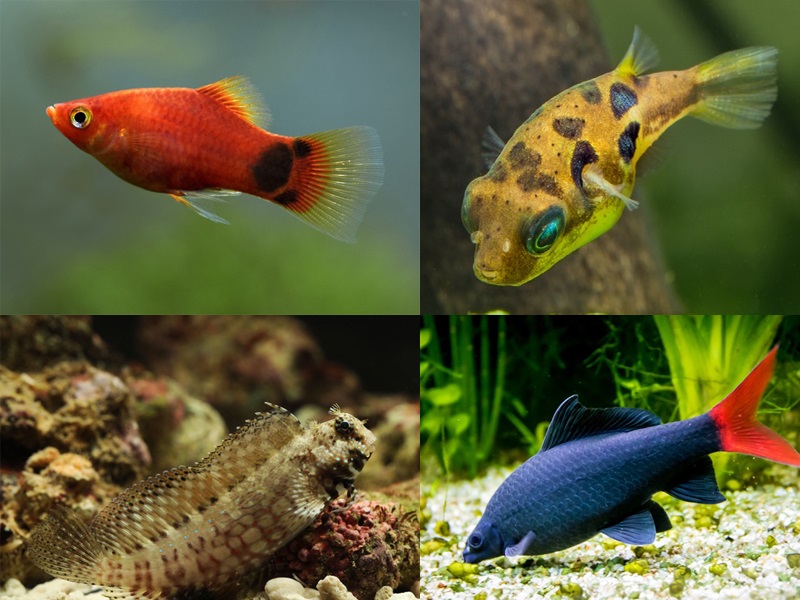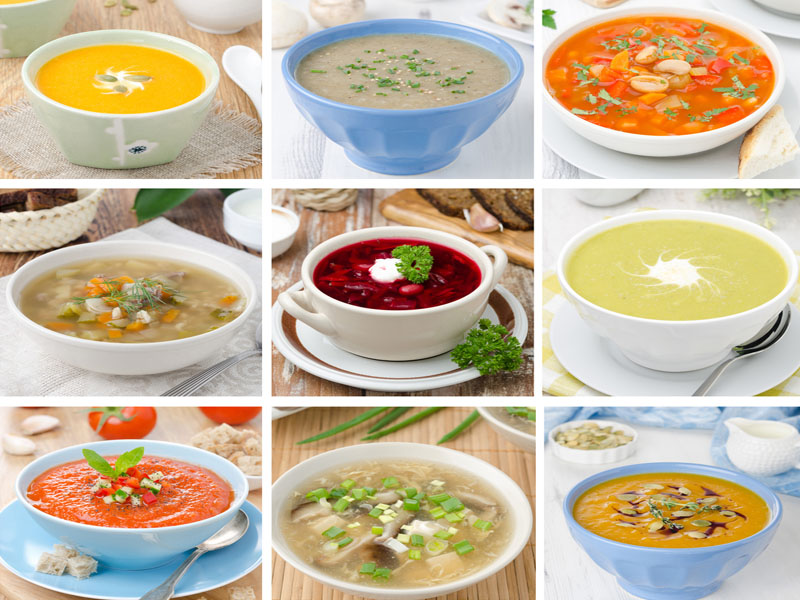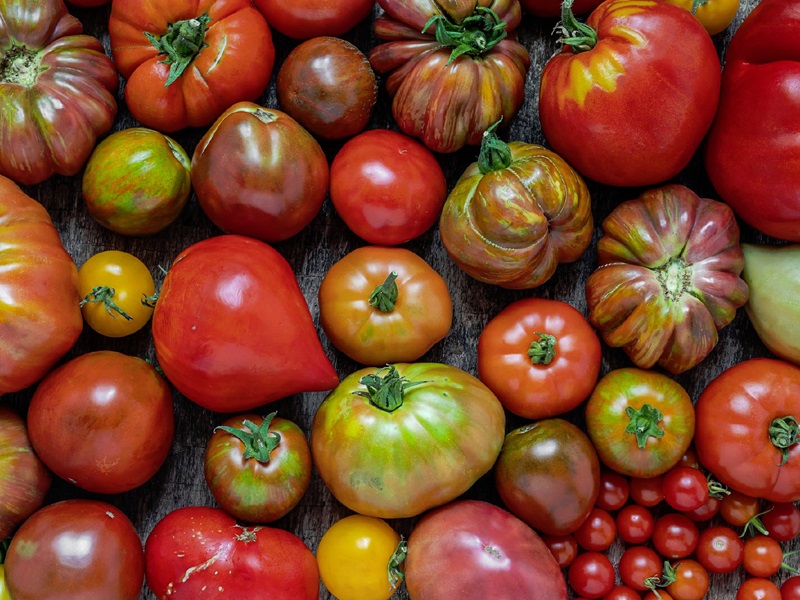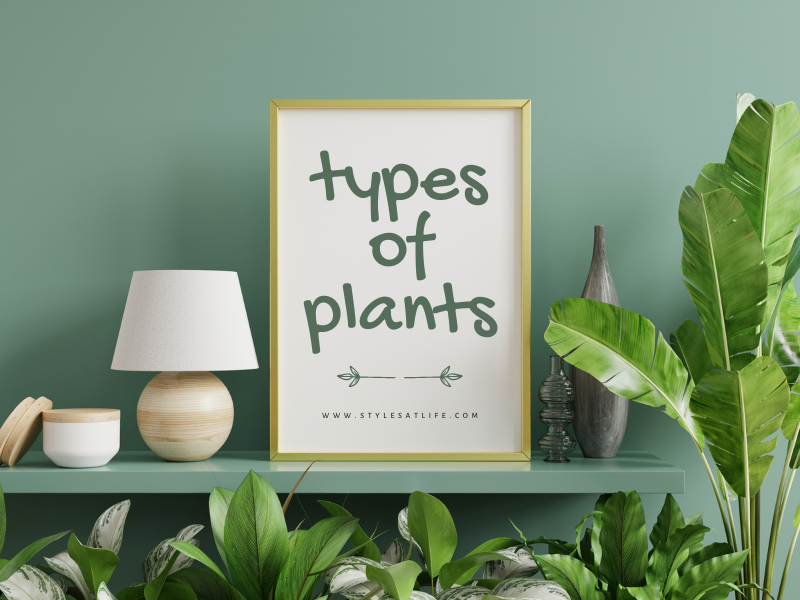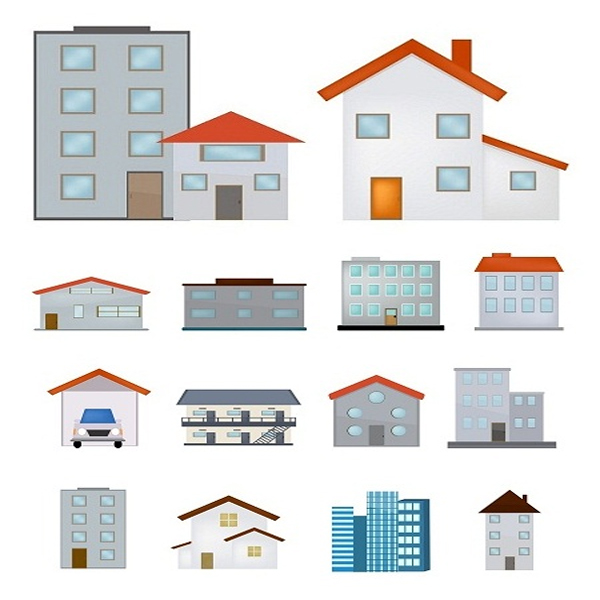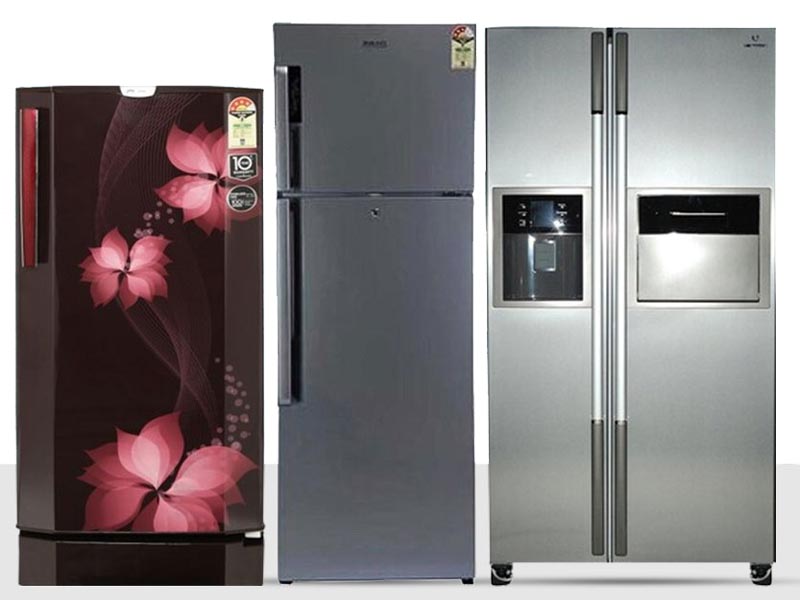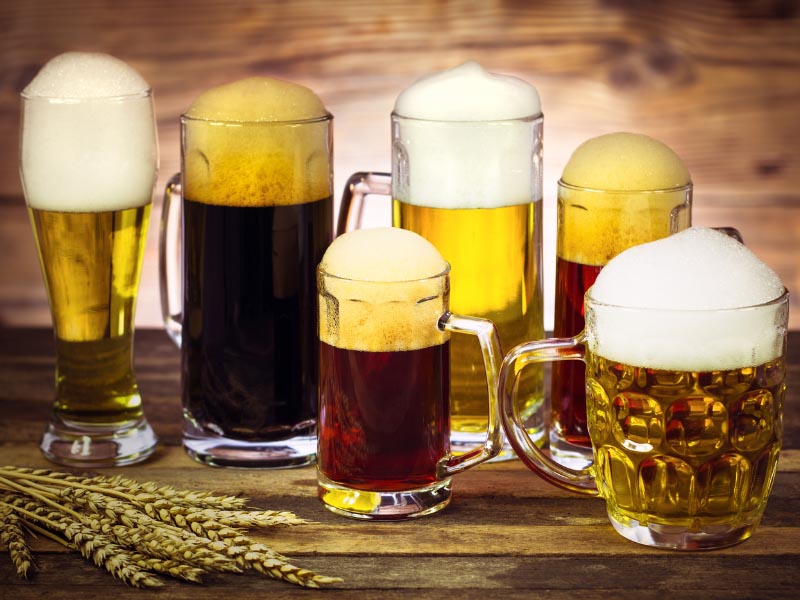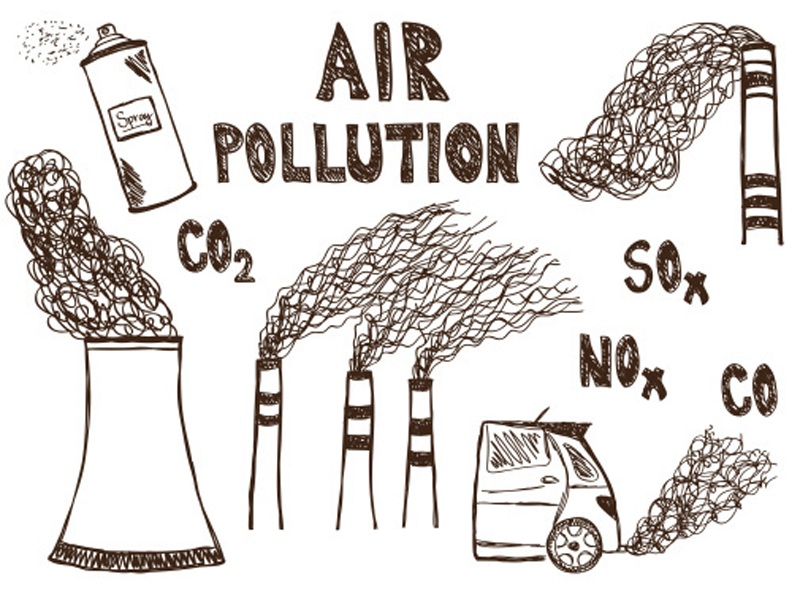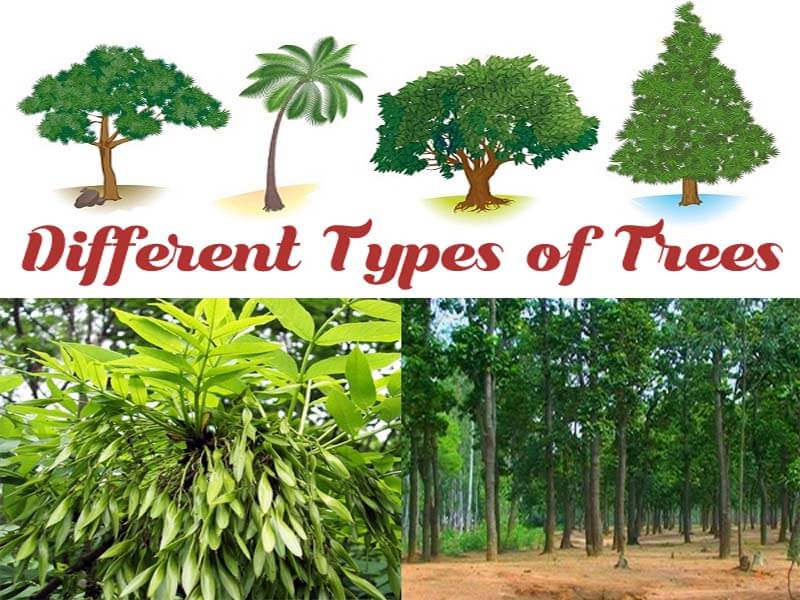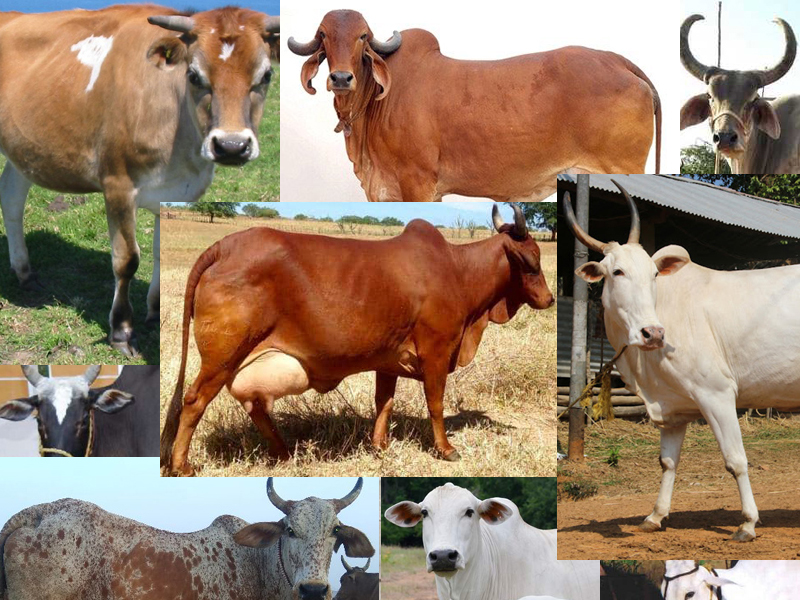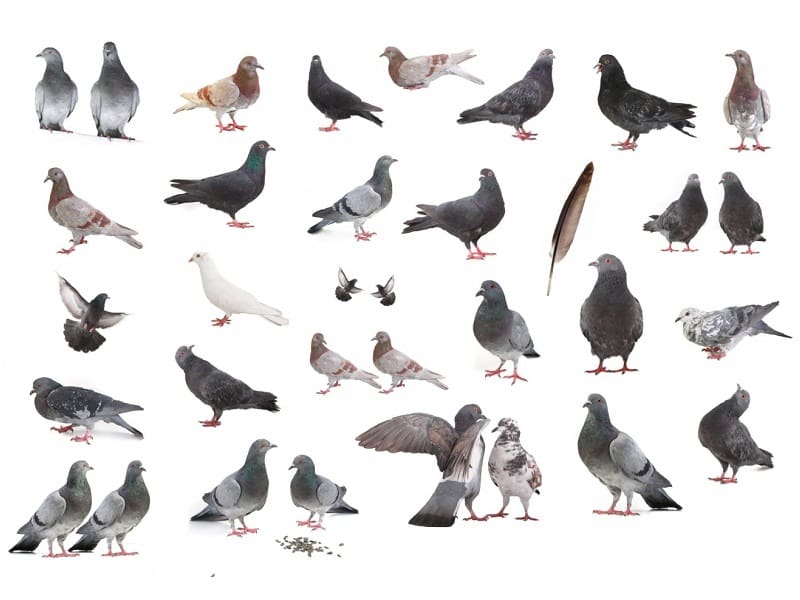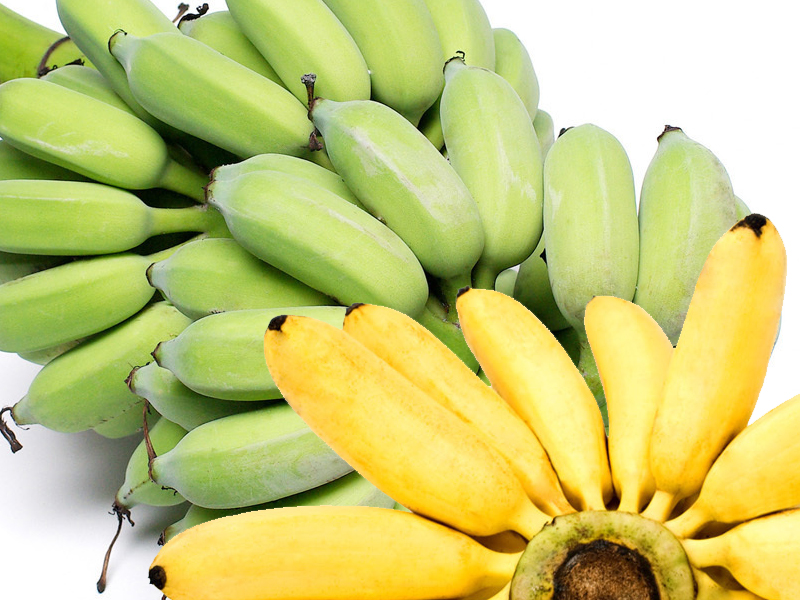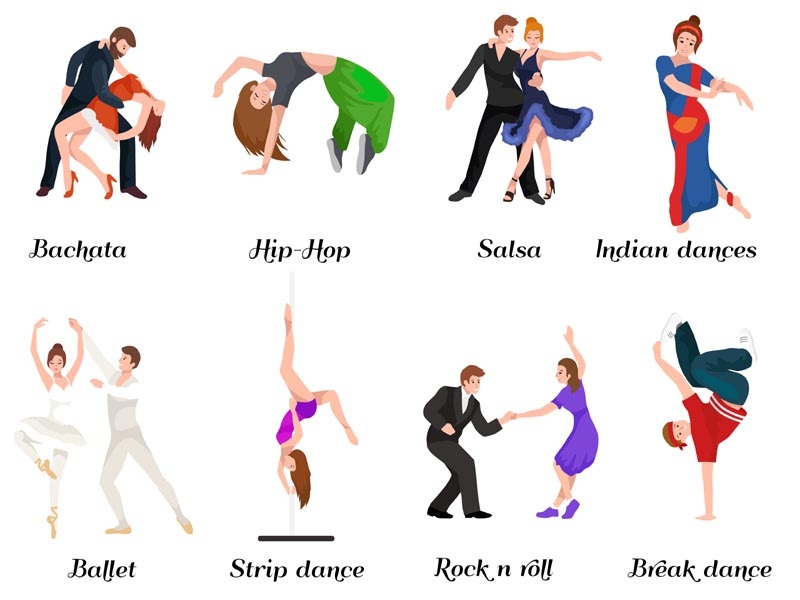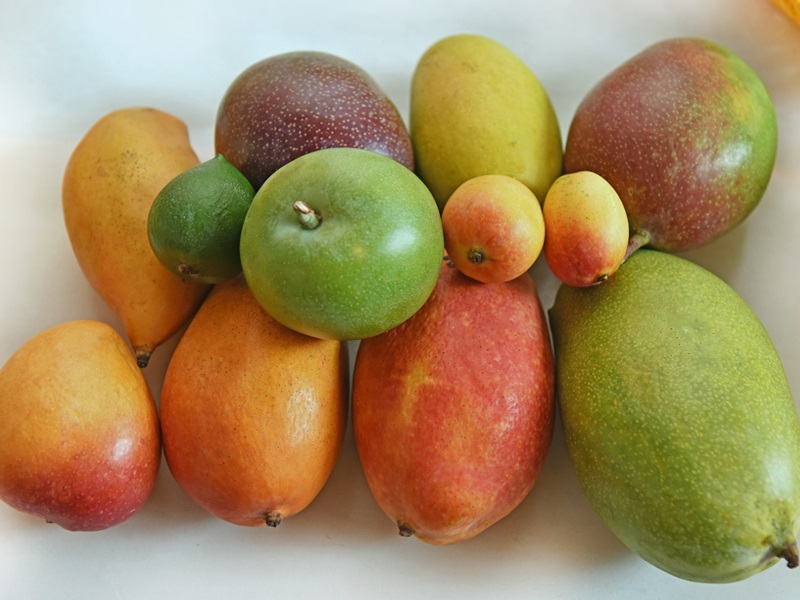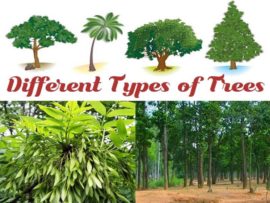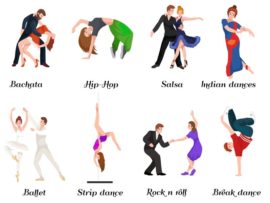Ask us what made the modern-day infrastructure development possible and we say without a doubt – Cement! From binding the bricks to strengthening the concrete, Cement is a critical component in the construction of buildings, roads and other brick-and-motor creations. If you thought that this material comes in a one-size-fits-all version, you are so wrong! It’s time to learn about the many types of cement available in the market to cater to different construction purposes.
These varieties of cement vary with quality, technology, composition and objectives to achieve in the building sites. While some are used for general masonry works, the others are chosen for decorative purposes. In this article, we shall explore the various cement types and uses available in the current market.
What is Cement and its History?
Cement is a grey colored powder that resembles ash in texture. It is a binding substance that is used to harden and set two materials, typical bricks or rocks together. Before using it, cement is mixed with water and other materials in varying ratios and placed between two substances as “glue”.
The earliest mention of the word Cement was believed to have started in the Roman culture. They used a term called the “Opus Caementicium” in some of the construction texts, which was said to be made from pounded rock and burnt limestone. The idea of modern cement was coined during the industrial revolution to meet the increasing needs for concrete constructions.
According to history, a scientist named Aspidin first invented the Portland cement, which, however, could not meet the required standards. Following his footsteps, Issac Newton made the first, commercial-ready Portland cement in 1945, which was quite durable and reactive.
What are the Classification of Cements?
Cements are broadly classified into two categories – Hydraulic and Non-Hydraulic, depending on how they react to the presence of water.
Hydraulic Cement:
This cement gets hardened in a very short span and are widely used in constructions for saving time and effort. The basic components are limestone, clay and gypsum, mixed in very high temperatures to create a strong adhesive effect.
The advantage of these cement types is that they are resistant to weather changes and even underwater conditions like tanks, pools etc., They are also nonreactive to chemical attacks.
Non-Hydraulic Cement:
They have a very long setting period and can only work in dry conditions. Non-hydraulic is not practical for commercial constructions, as they cannot be used in sites that are open to weather challenges.
Made with lime, gypsum, and oxychloride, these cements cannot be used for water-related constructions and strictly reserved for indoor purposes to achieve structural strength.
15 Different Types of Cement Used in Construction:
Listed below are some of the most popular types of cement used in constructions, with brief information on their properties, composition and uses:
1. Ordinary Portland Cement (OPC):
The Ordinary Portland Cement or OPC falls under the hydraulic category and is obtained by heating the Argillaceous (clay and shale) and Calcareous (limestone, chalk and marl) in very high temperatures, called the Calcination process. The end product is called the Clinker, which is then pulverized into a fine powder and then mixed with Calcium Sulfate and Gypsum to make cement.
- This is the most common type of cement used for general construction purposes.
- It readily reacts with water and has quick-dry qualities
- The cement comes in 50kgs Polythene Bags
2. Portland Pozzolana Cement (PPC):
The main component of this cement is Pozzolona, which includes materials like fly ash, volcanic ash or calcined clay. This cement is prepared in two ways – one by grinding the Pozzolanic clinker with ordinary Portland Cement or adding Pozzolana with gypsum or calcium sulfate. Another method is to blend the Portland cement with powdered Pozzolana. It is highly resistant to chemical attacks and is falls under the Hydraulic cement types.
- Suitable for marine constructions, pre-casted sewage channels, dams etc.
- Can be used for creating concrete artworks, as it lends a smooth and glossy finish
- It is available as 50 kgs sack bags in the current Indian market
3. Rapid Hardening Cement:
In sites that demand faster construction in a lesser time window, rapid hardening cement is the best choice. As the name suggests, it sets in just 30 seconds initially and 600 minutes as the final setting time. The secret to this strength lies in its formula that contains a higher percentage of Tri-Calcium Silicate than a regular Portland Cement. This cement needs 3 days to completely develop or harden compared to a 7-day window of a conventional OPC.
- Can be used for road repair works, pavements and pre-fabricated constructions
- Not recommended for mass construction sites, as the risk of developing cracks is very high
- It is a high strength, hydraulic cement
- Available in 25 kgs and 50kgs bags
4. Quick Setting Cement:
This cement gets its name from its quick setting properties. It sets quickly in just 5 minutes, with 30 minutes as the final setting time. The cement constitutes of a ratio of Clinker and Aluminium Sulphate to increase the hydration rate. The difference between a Quick Setting cement and a Rapid Hardening Cement is that the former only sets quickly, while the latter develops and hardens fast.
- Can be used in humid weather conditions and underwater constructions
- Generally, it is used in high temperatures for quick evaporation of moisture
- Is available in 25kg, 40kg and 50kg bags
5. Low Heat Cement:
It is a special type of cement that releases low heat of hydration, which is a chemical reaction that happens when the cement gets mixed with water. The advantage of generating lower heat of hydration is a minimized risk of cracks on the body. This cement is prepared by lowering the proportion of Tricalcium Aluminate by 6% and increasing Declaim Silicate to 46% to prevent cracks due to high heat.
- Used in mass construction sites like dams, bridges, large slabs, chemical plants etc.,
- Less reactive cement and has a higher setting time compared to the regular OPC
6. Sulphate Resisting Cement:
This cement was developed in response to the sulphate attacks on the cement in a concrete structure. It is made by reducing the amounts of calcium sulpho aluminates like C3A and C4AF. This is a perfect choice for construction sites in which the soil or groundwater contains high amounts of sulphate salts like seacoasts, tidal areas or sites closer to sea waters.
- Ideal for water storage sumps and drainage works
- It falls under the hydraulic cement category
7. High Alumina Cement:
The High Alumina cement is made of Calcium aluminates, instead of the Calcium silicates used in a regular Portland Cement. This is why it is often referred to as Calcium Aluminate cement or Aluminous Cement. It is prepared by melting bauxite and lime mixture and then grinding it with a clinker. Initial setting time of this cement is 3.5 hrs and the final setting time is 5 hours
- This cement has a very high compressive strength and is fire-resistant, making it suitable for large constructions.
- Suitable for building sites subjected to extreme weather conditions like high temperatures or frost.
8. White Cement:
This is a white colored cement that is made by reducing the proportions of iron oxide and manganese oxide. While the other properties remain similar to that of ordinary cement, the expensive pricing makes it unsuitable for full construction. White cement is typically used as a grout to set the tiles on the flooring, in swimming pools and other interior and exterior decorative works.
- It leaves a smooth finish on the surface and hence is used as a leveller product
- The present-day white cement has water-resistant properties
9. Coloured Cement:
Cement is not always grey or white. With advancements in technology, you can now find colored cements in the market. By mixing 5 to 10% of mineral pigments to ordinary cement, you can obtain beautiful colored cements like blue, green, yellow etc. These cement are used for creating decorative effective in floorings.
- If the pigment exceeds 10%, the strength of the cement is lost. So, the proportion is very important
10. Air Entraining Cement:
The Air Entraining cement is a different cement variety that has an addition of a small amount of air-entraining agents like glues or resin to create air bubbles in the concrete. This technique is used for increasing the cold resistance in concrete, especially when it is subjected to frequent freezing and thawing. The bubbles allow the space for contracting and expansion in cold climates to lower the risks of cracks and internal damages.
- This cement can withstand sulphate attacks
- It is not a high strength cement and is designed for spatial use only
11. Expansive Cement:
This cement expands in volume, when mixed with water compared to an ordinary Portland Cement. By doing so, the cement helps in minimizing the shrinkage loss caused due to loss of moisture. There are three subtypes of expansive cement, namely- K type, M Type and S type. These differ from each other in terms of raw materials and the intent of the application.
- It is mainly used to lower the risks of cracks in concrete constructions and pavements
- Expansive cement is not recommended to use along with flyash and other pozzolans, as they can interfere with the expanding properties and strength.
12. Hydrographic Cement:
This cement has water-repelling properties to avoid the loss of cement in areas affected with frequent water contact. The regular Portland Clinker is mixed with Oleic acid or other water repellants to form a thin film on the cement surface. Because of this, the cement cannot be mixed with water directly. Instead, it is blended with an aggregate to break the protective layer and allow the hydration process.
- Hydrographic cement is used for constructing dams and under-water constructions
- It is specially designed for high rainfall areas to minimize the damage to concrete structures
13. Slag Cement:
It is a type of hydraulic cement that is prepared by finely grinding the granulated blast furnace slag (GGBFS). Presently, the slag cement is used as an alternative to Portland cement for its better work ability. It has a higher resistance to chemical reactions and better compressive strengths. Also, adding slag cement to the regular concrete mixture can speed up the setting time and give a better finish.
- It is mainly used in precast and ready made concretes and building structures that require high-temperature resistance
14. Water Proof Cement:
Waterproof or water-resisting cement has almost the same use as that of a hydro-graphic cement. However, the manufacturing process and the properties are different in both these cements. Waterproof cement is made by adding a water-repelling agent to an ordinary Portland cement. However, it is not as watertight as hydro-graphic and may not be suitable for high water conditions.
- Used for waterproofing the terrace flooring, water tanks and submerged sumps
- It falls under the hydraulic cement category
15. Ultra-High Strength Cement:
This is a new variety of cement invention, made as part of the recent technological advancements. The cement is now used in developed countries like America, Australia etc., for making bridges and other massive structures. The ingredients used in this cement are Portland Cement, Silica Fume, Quartz flour, Superplasticizers and organic or steel fibers.
- It is extremely durable in freeze-thaw conditions
- Has very low chlorine permeability and high abrasive resistance compared to other cements
Those are some of the major types of cement manufactured in India. Depending on your requirements, you can speak to the architect on which cement suits your needs the best. If you have any more points to share about any of these cements, do let us know! We’d be happy to feature them here.


